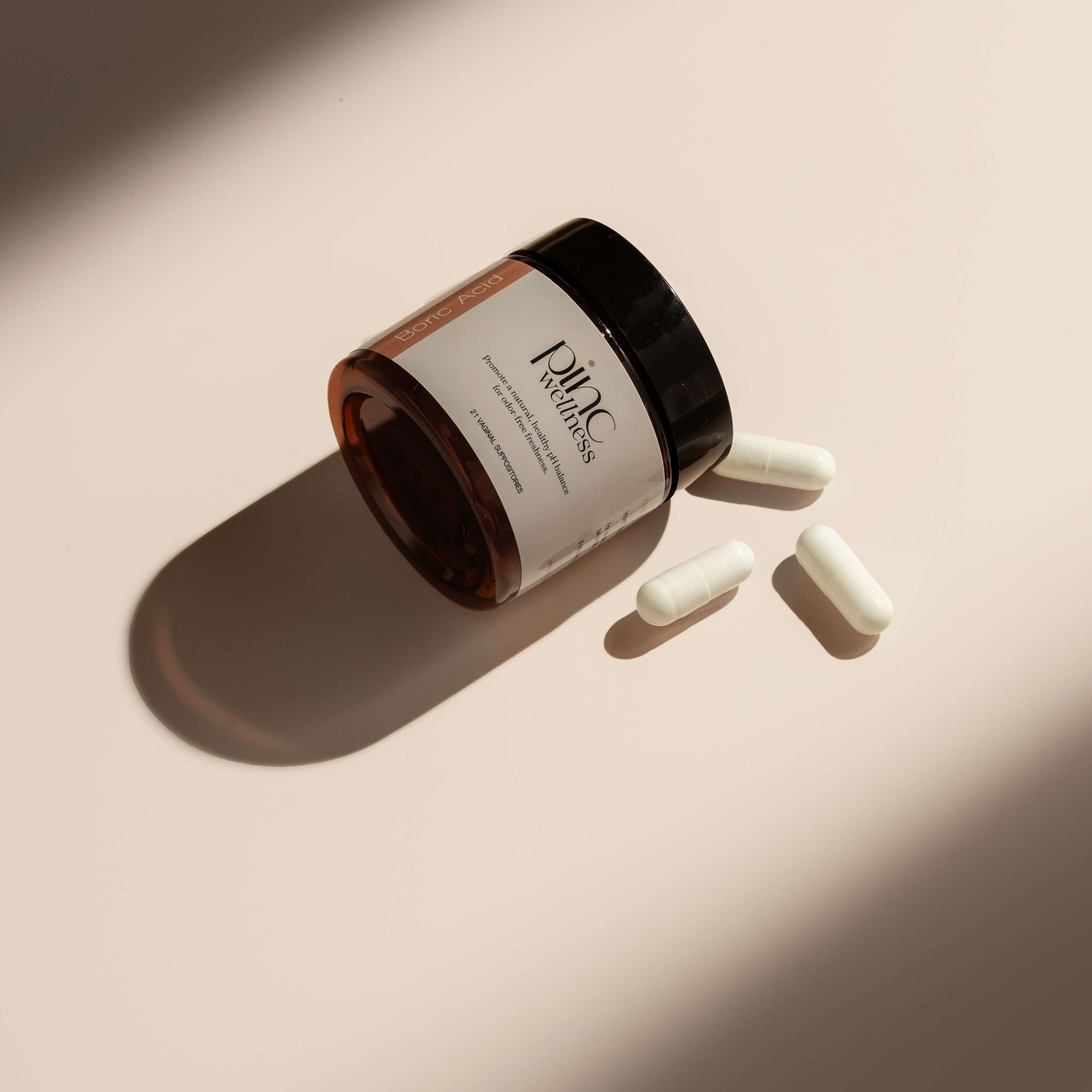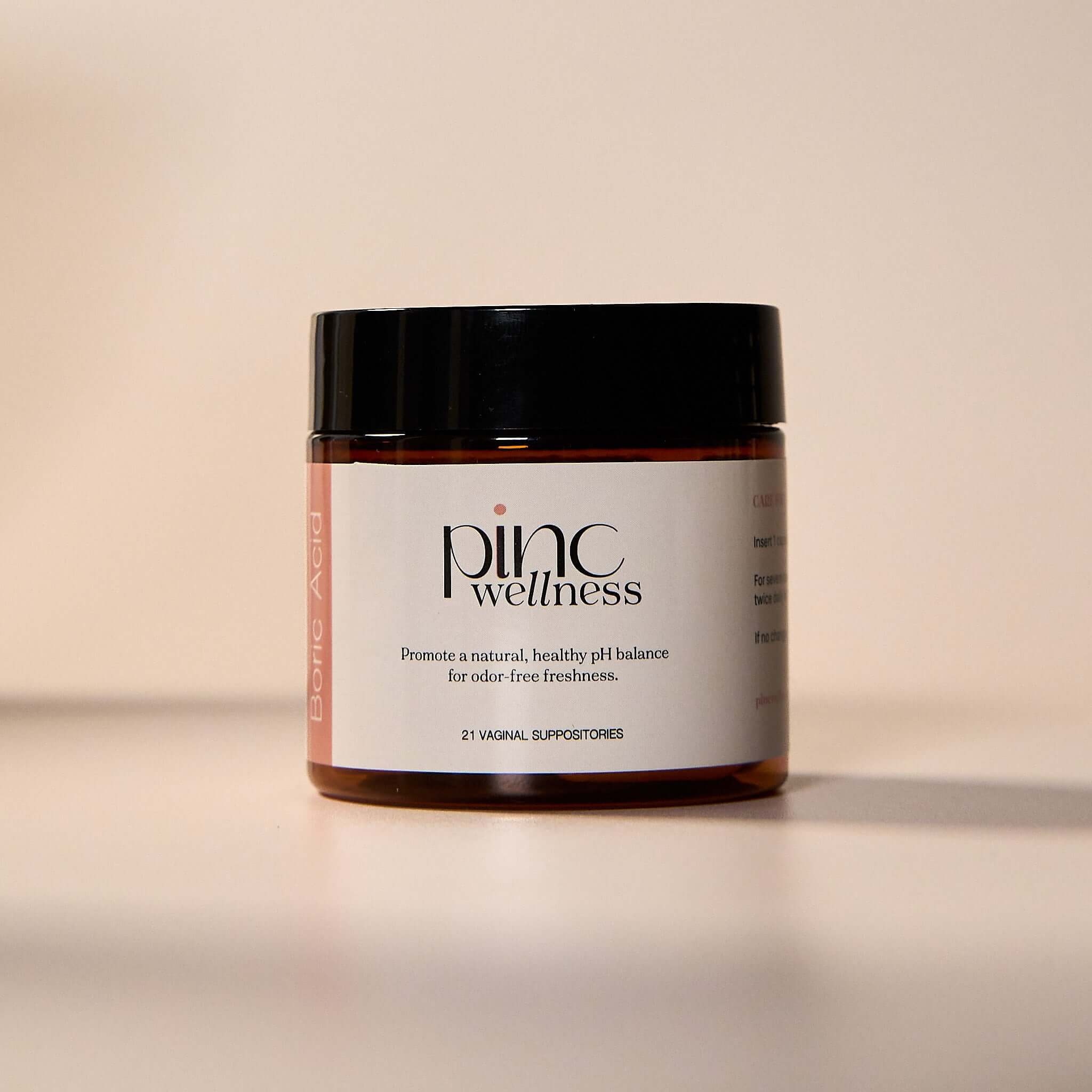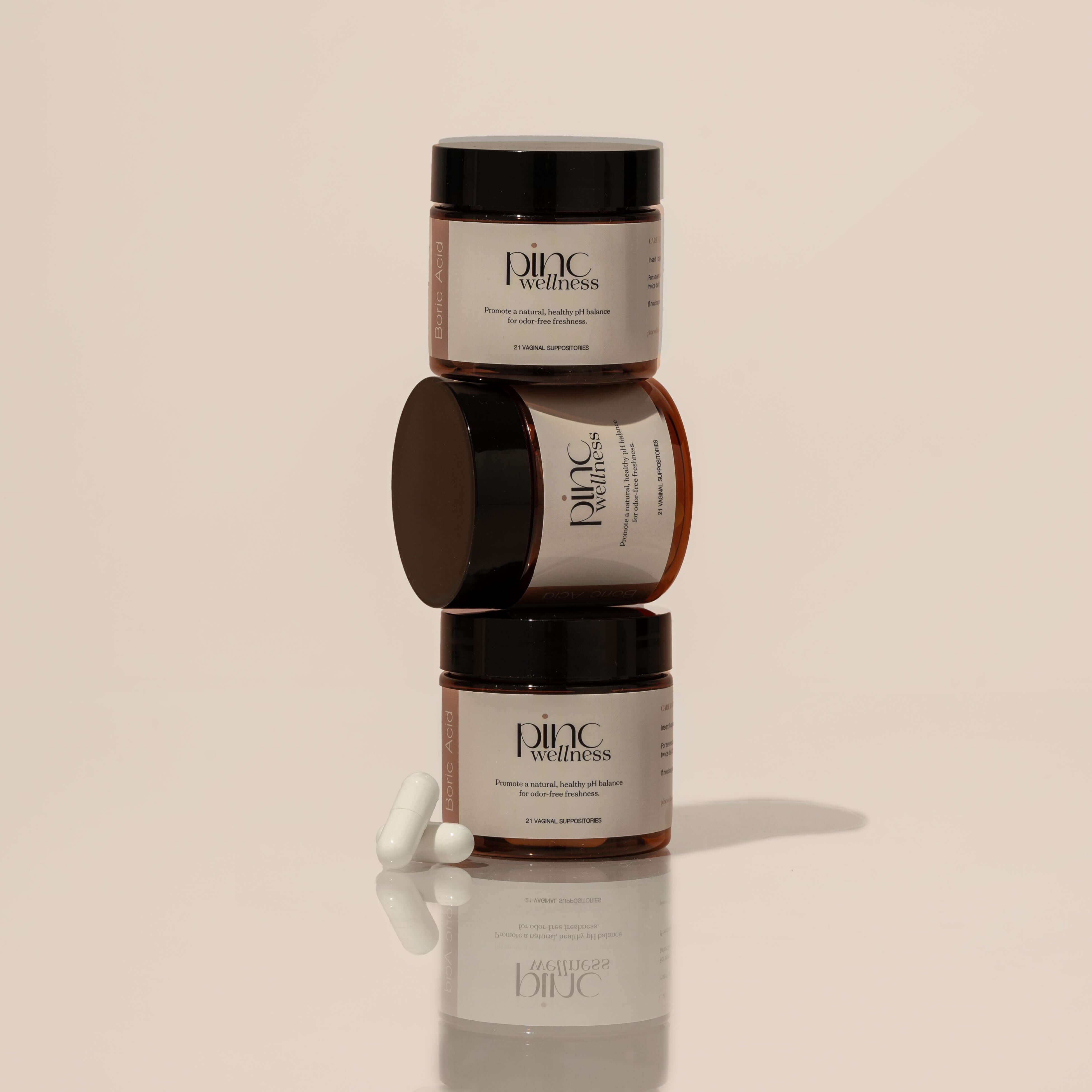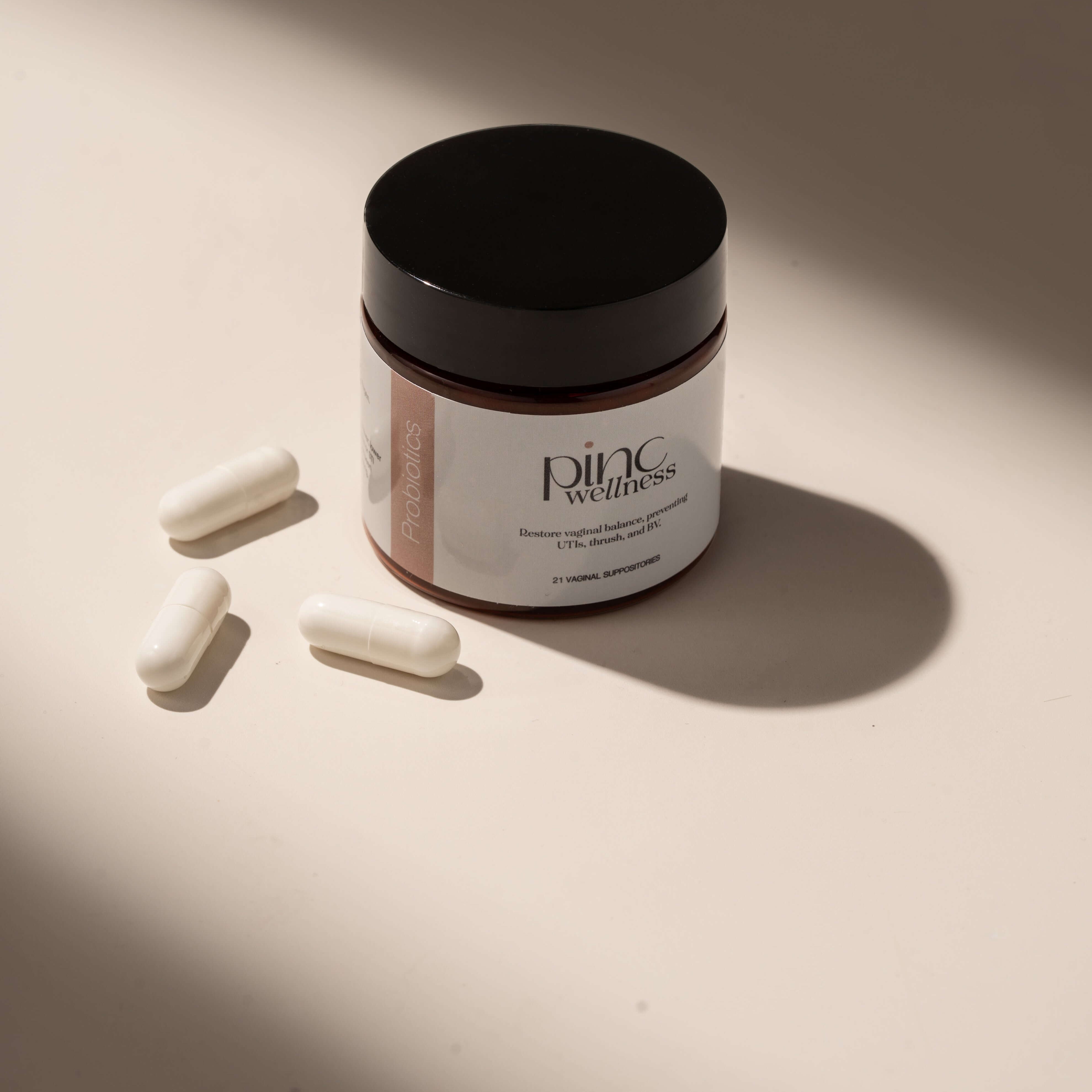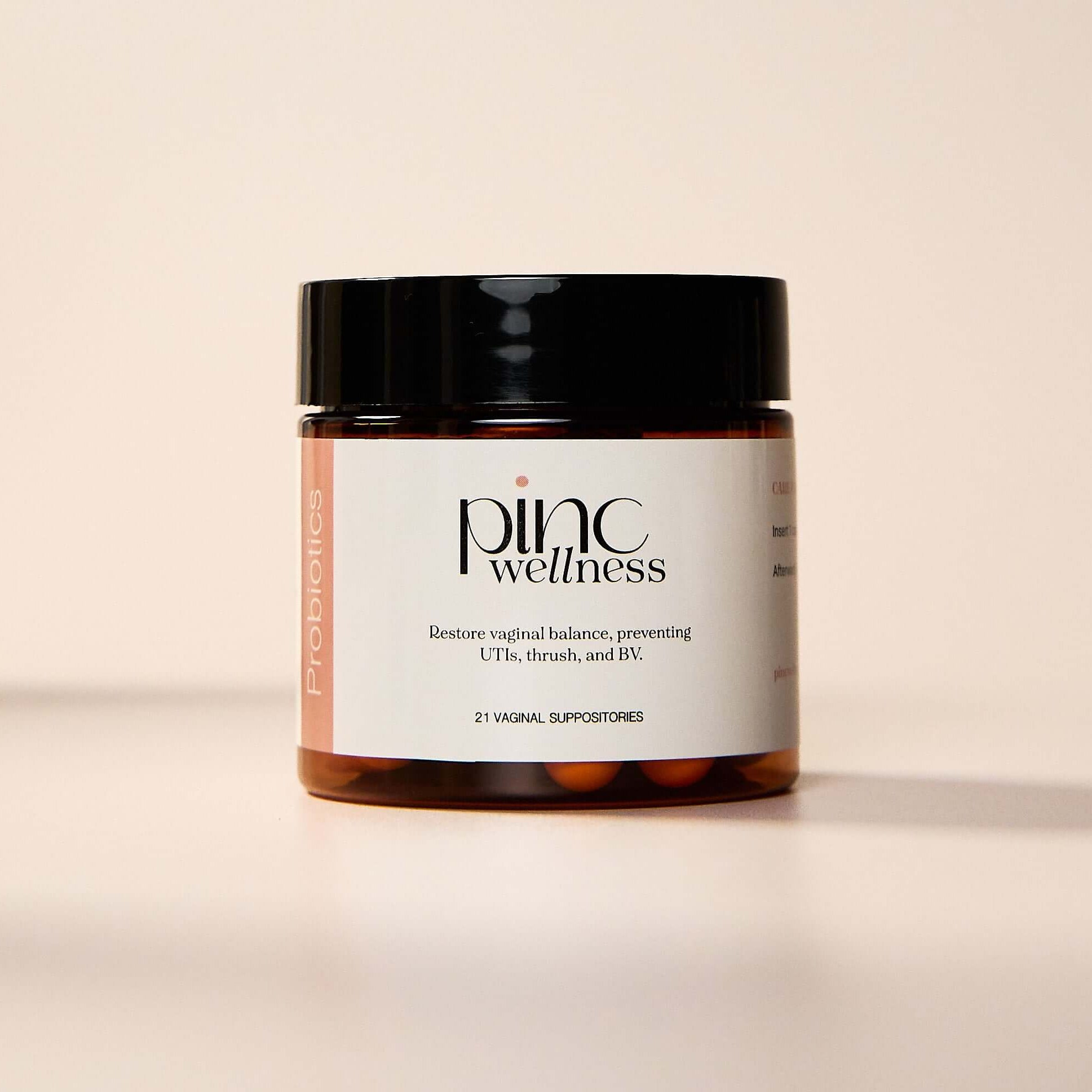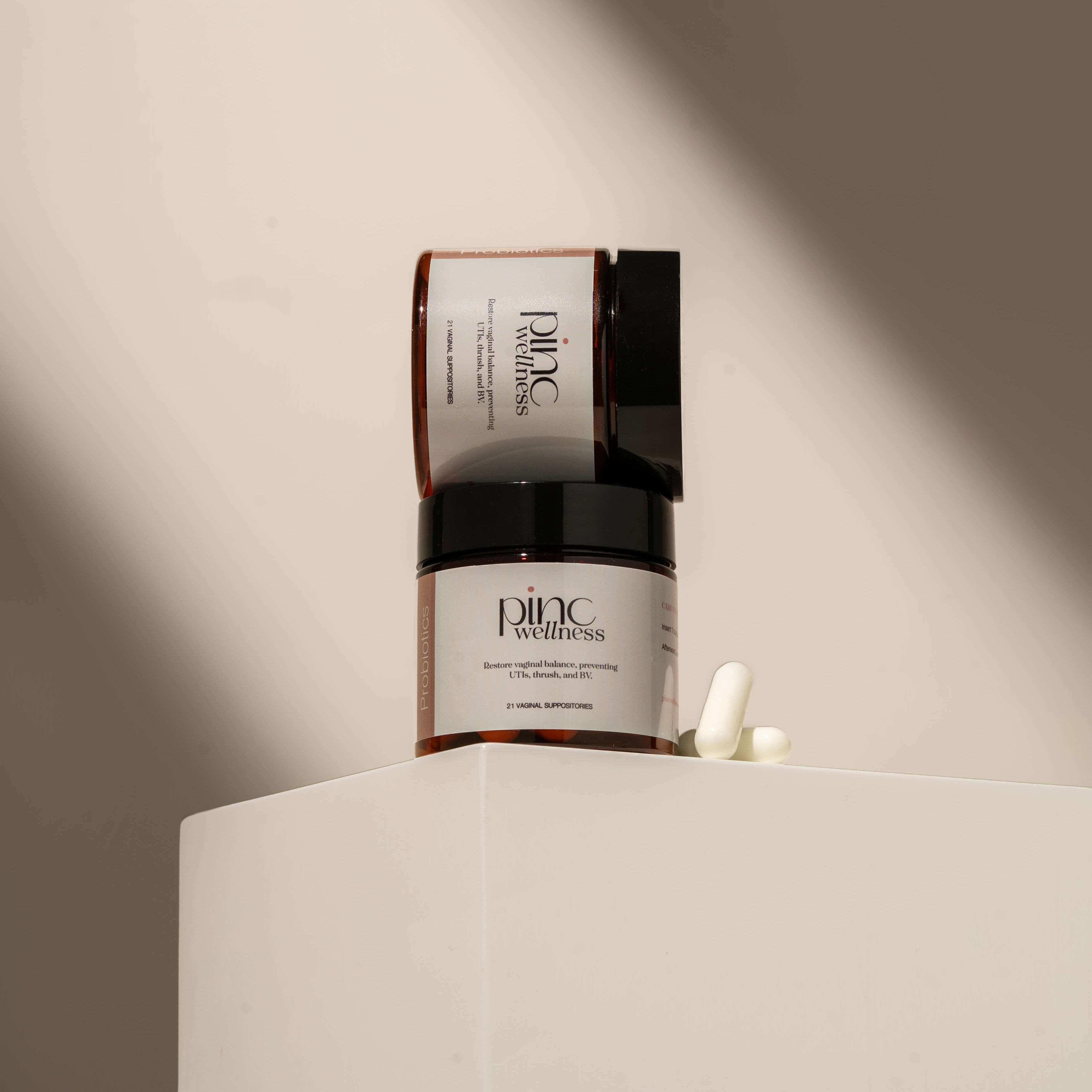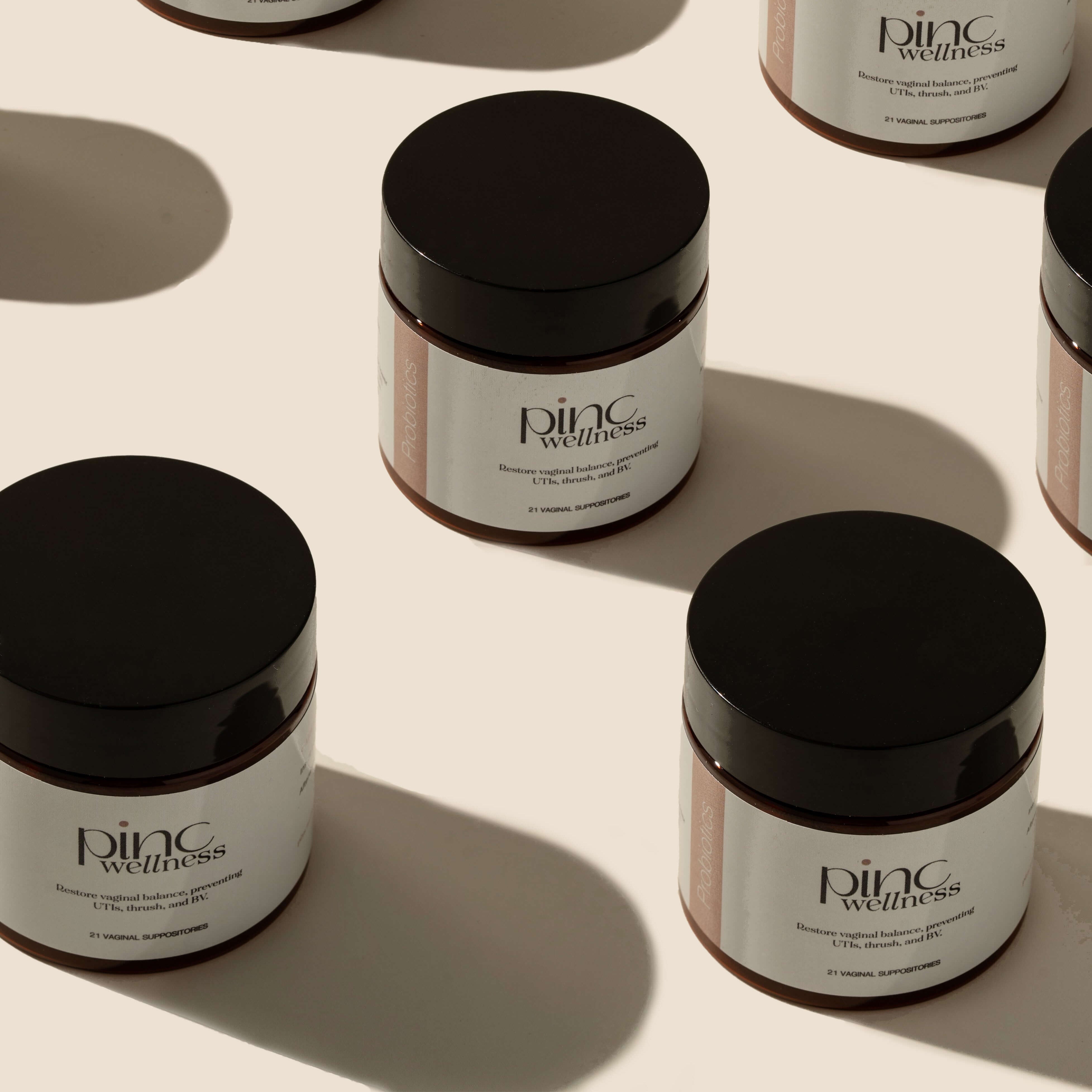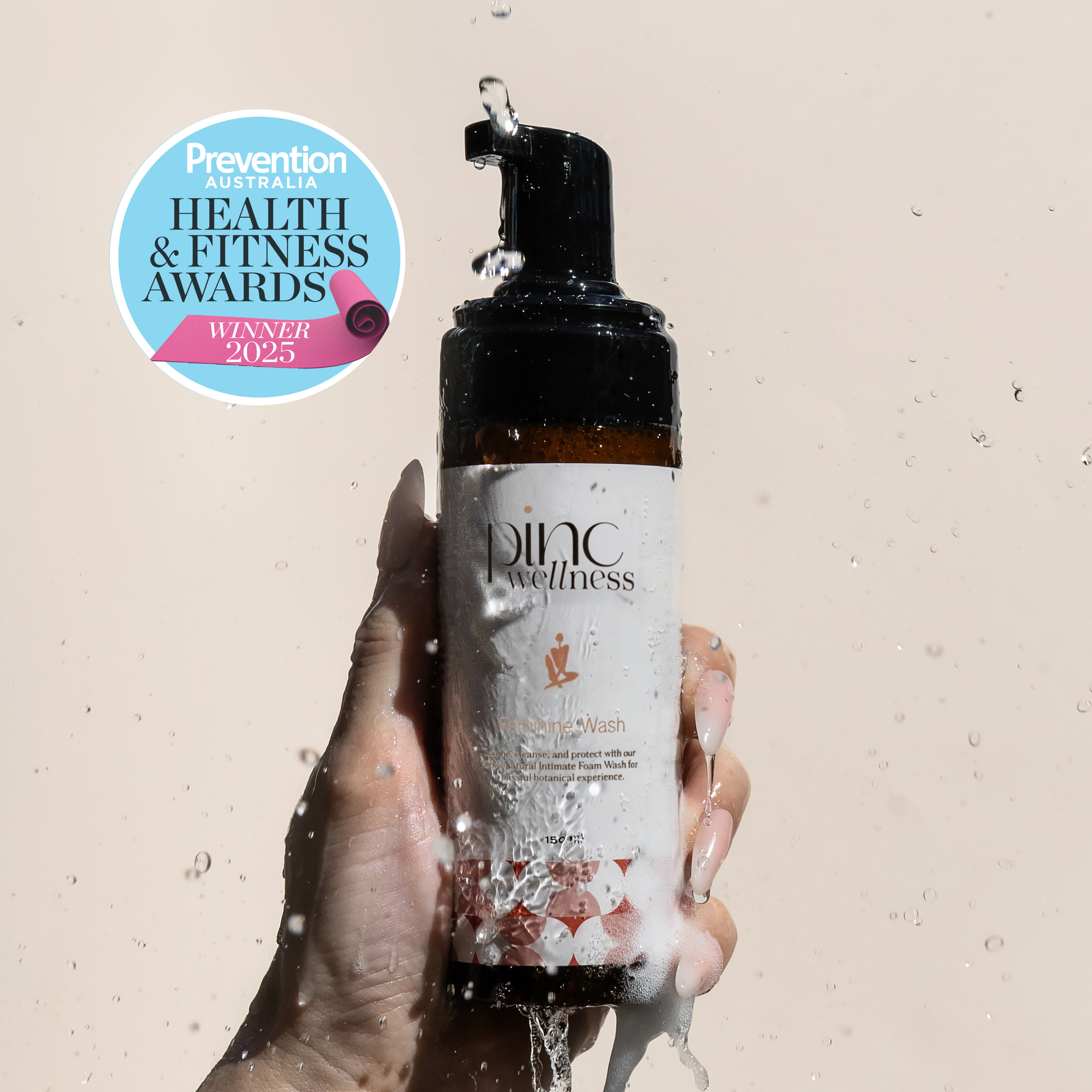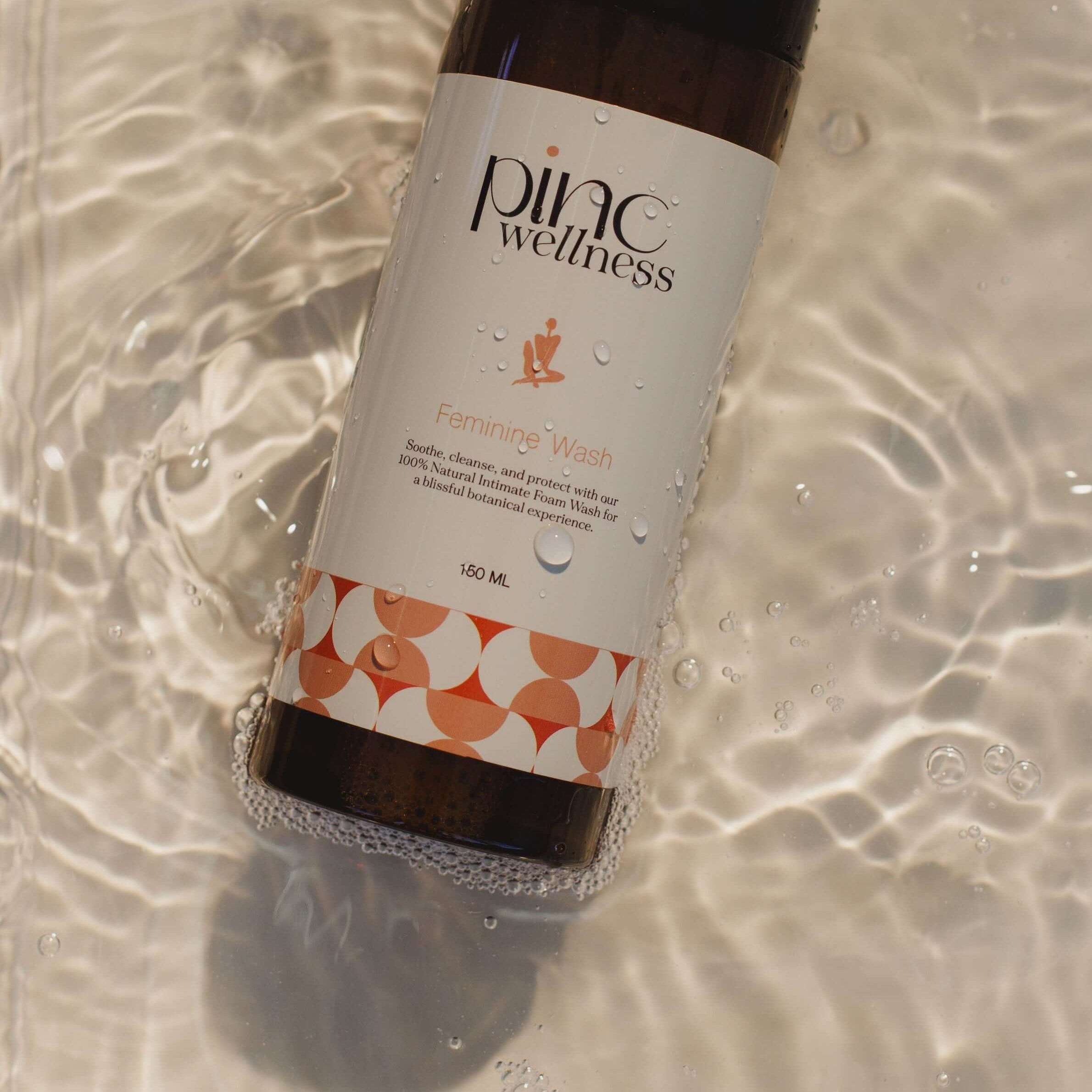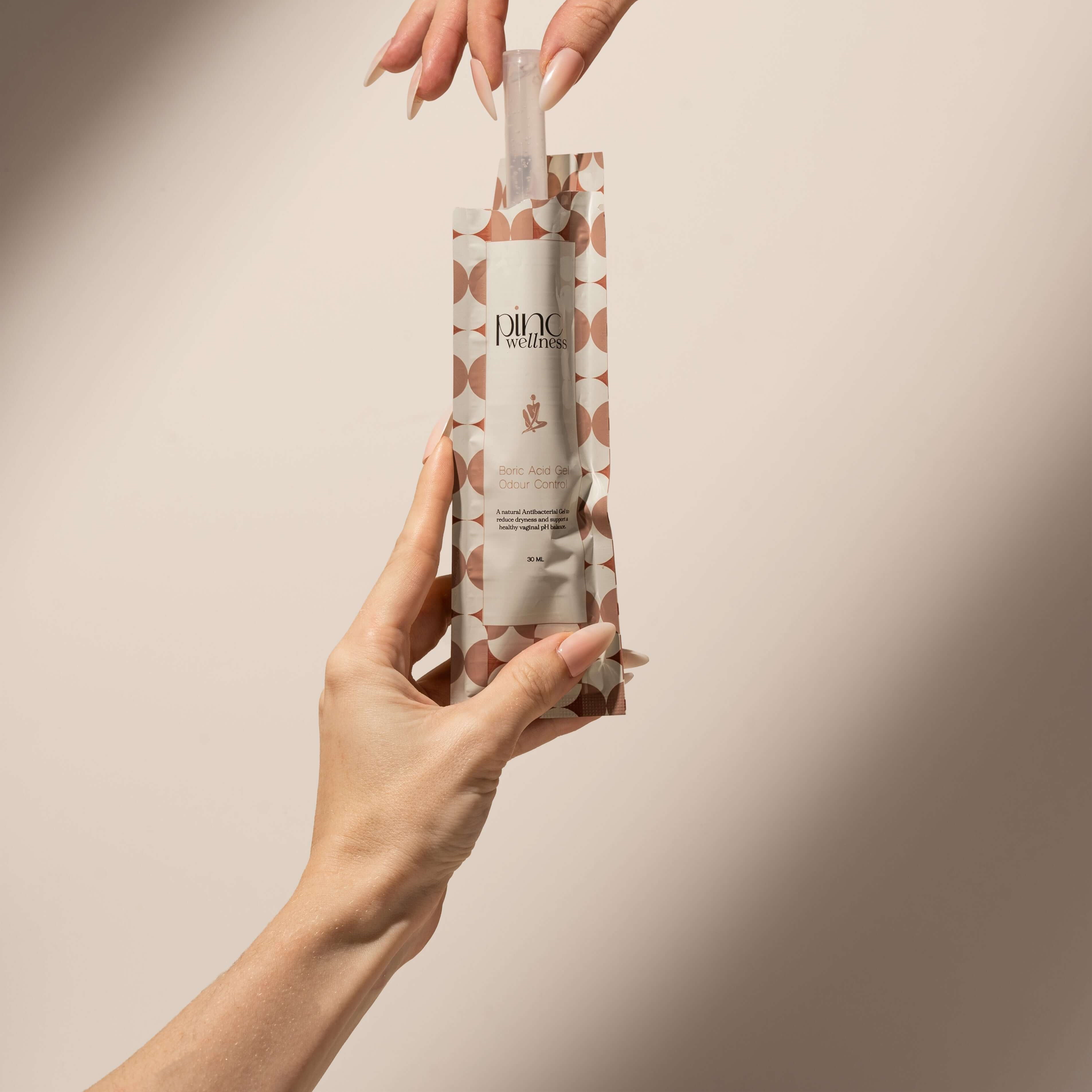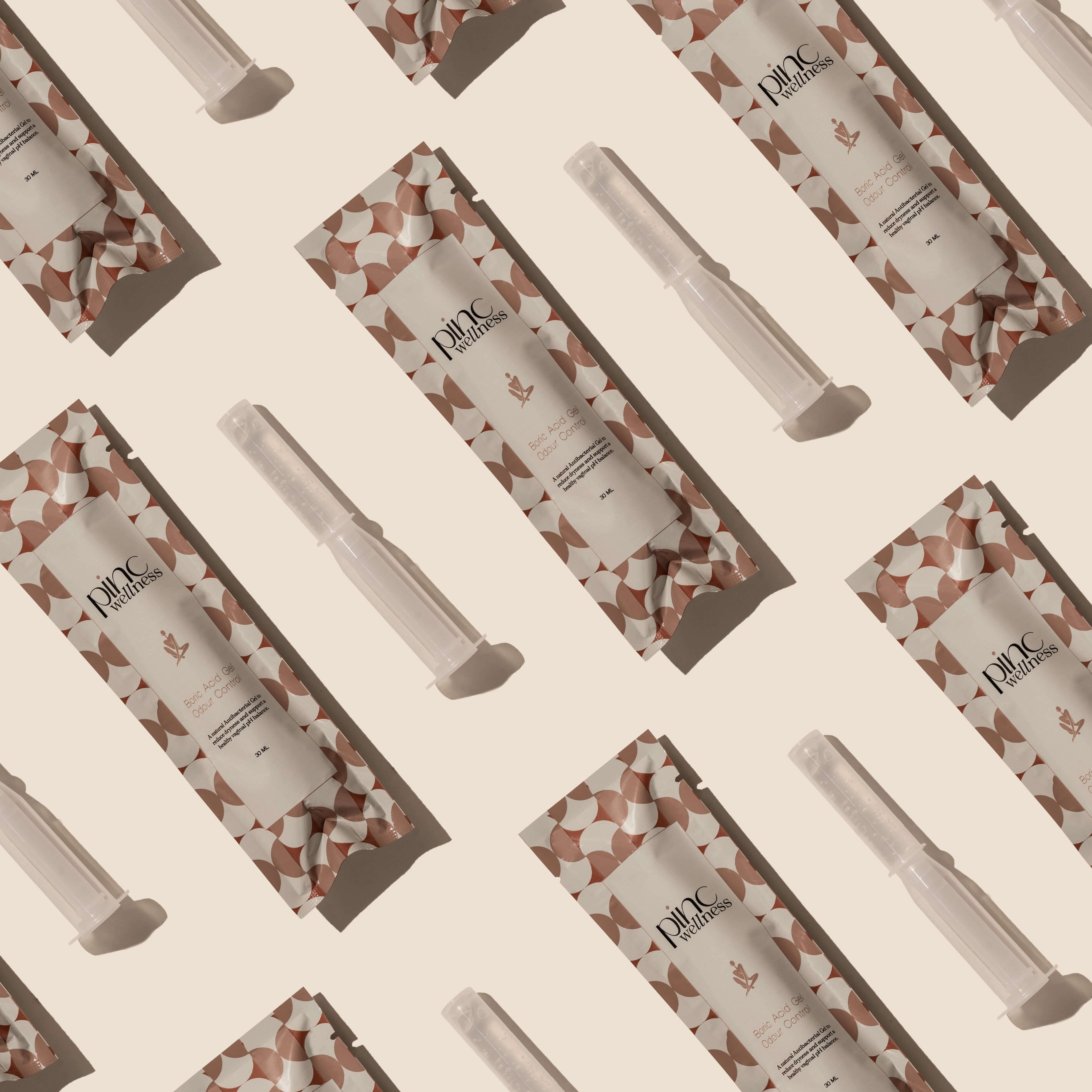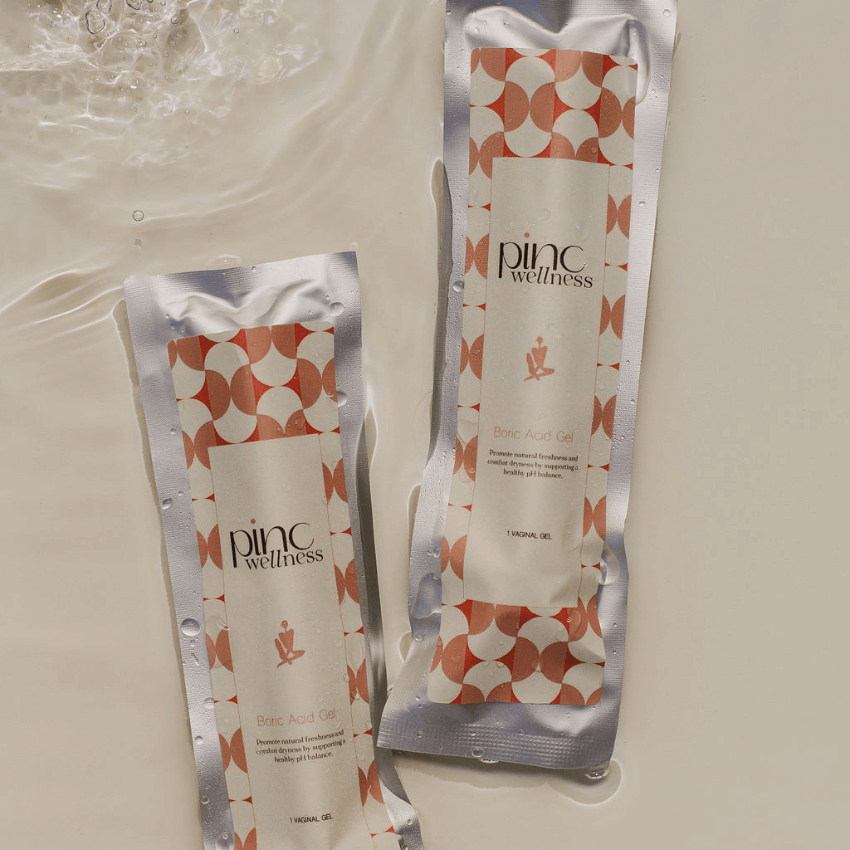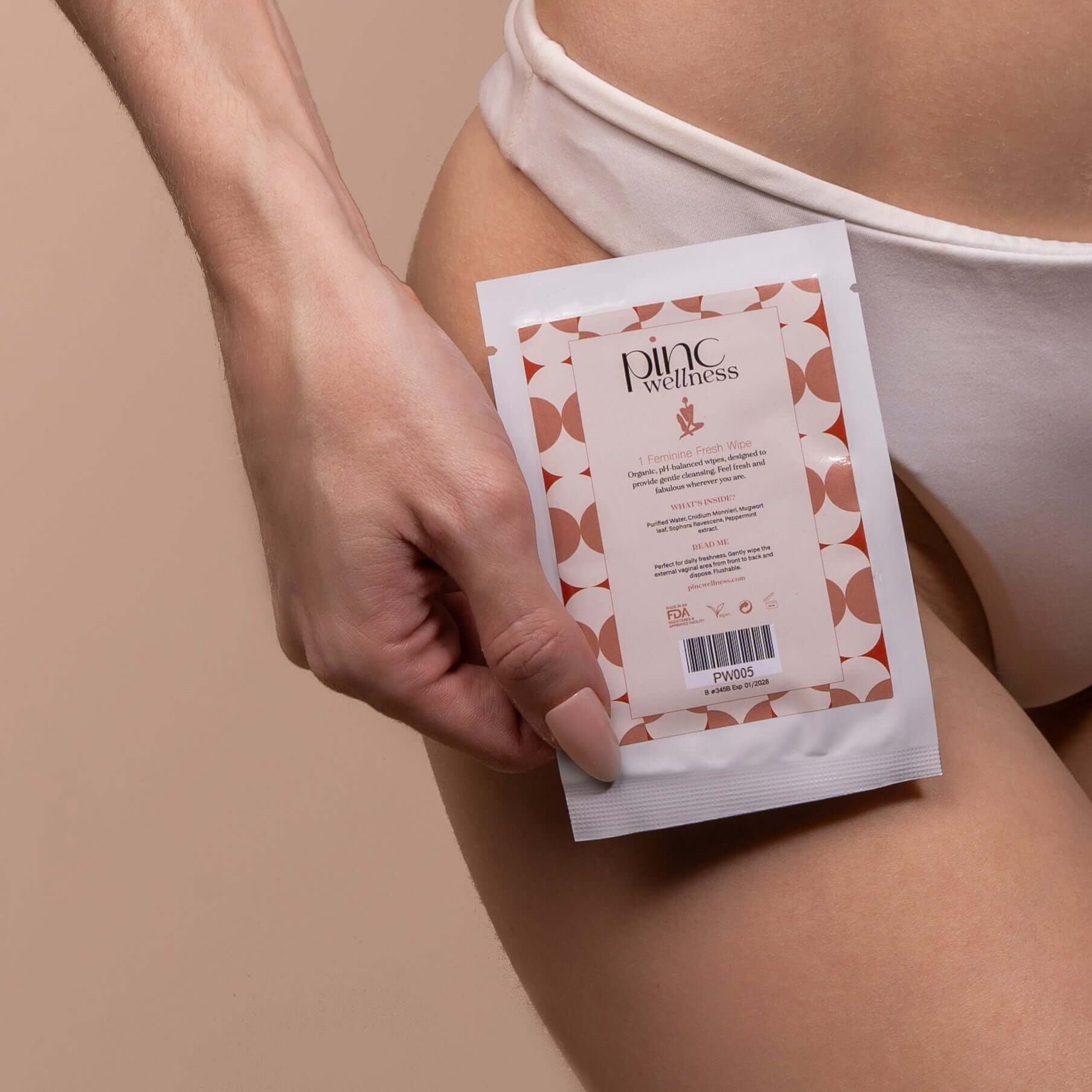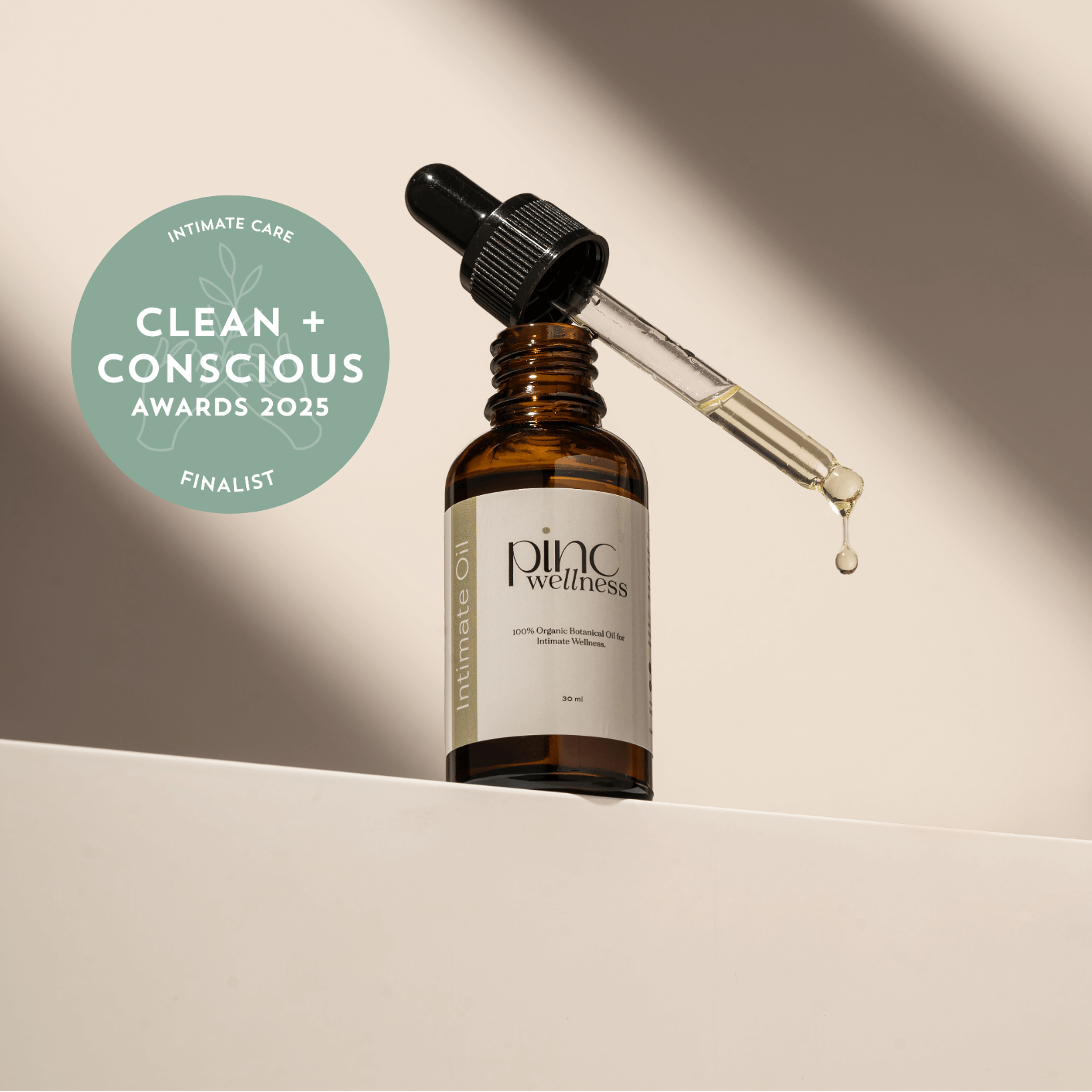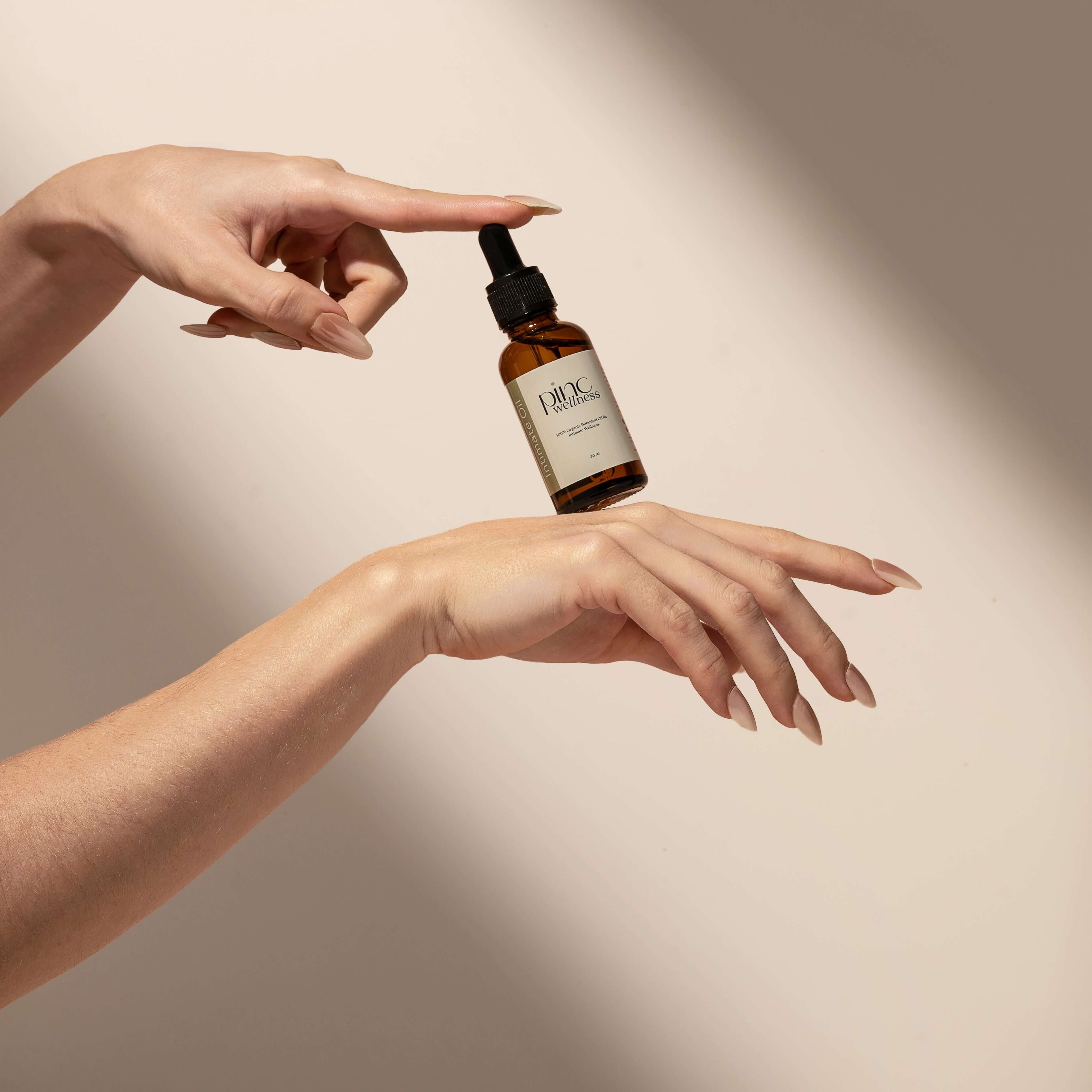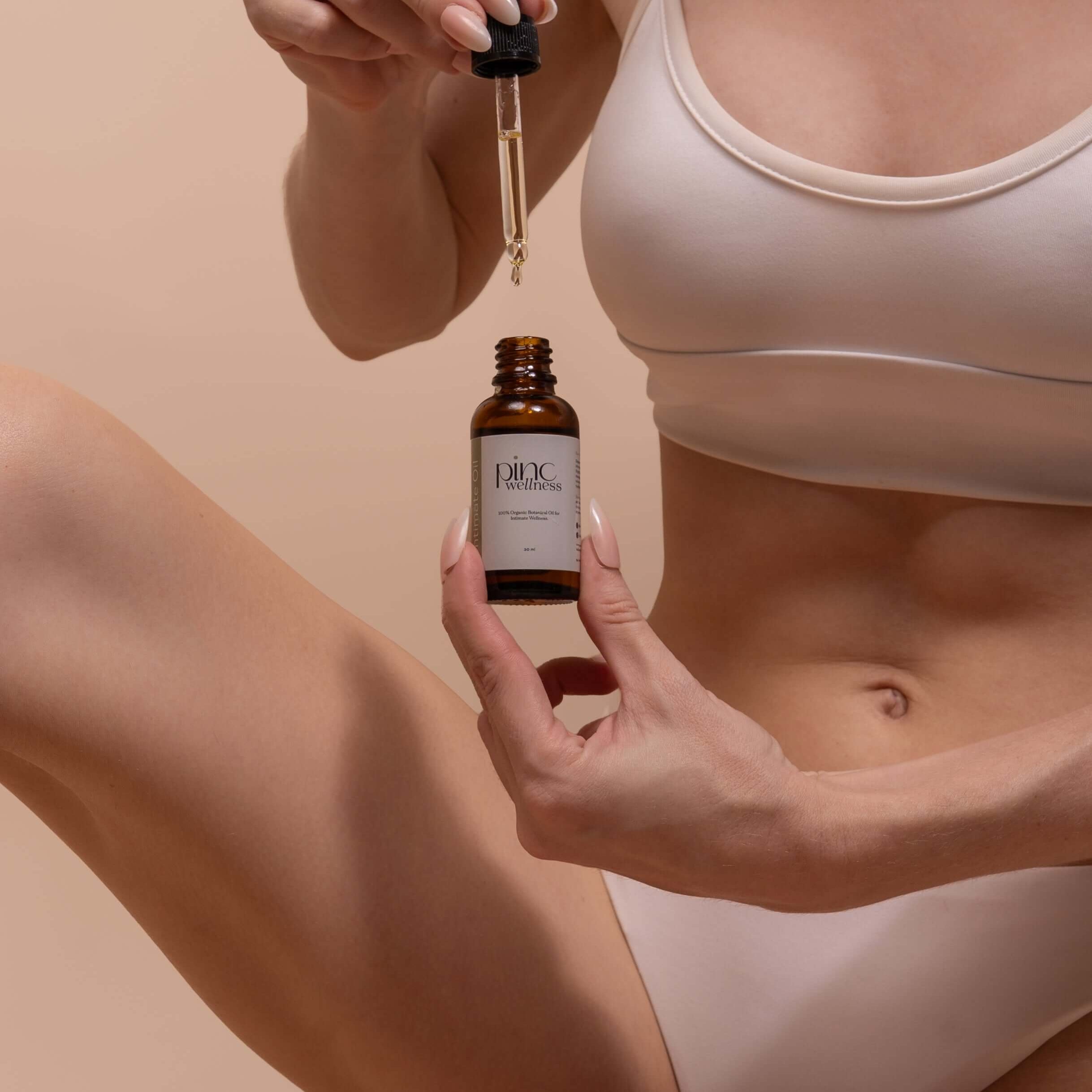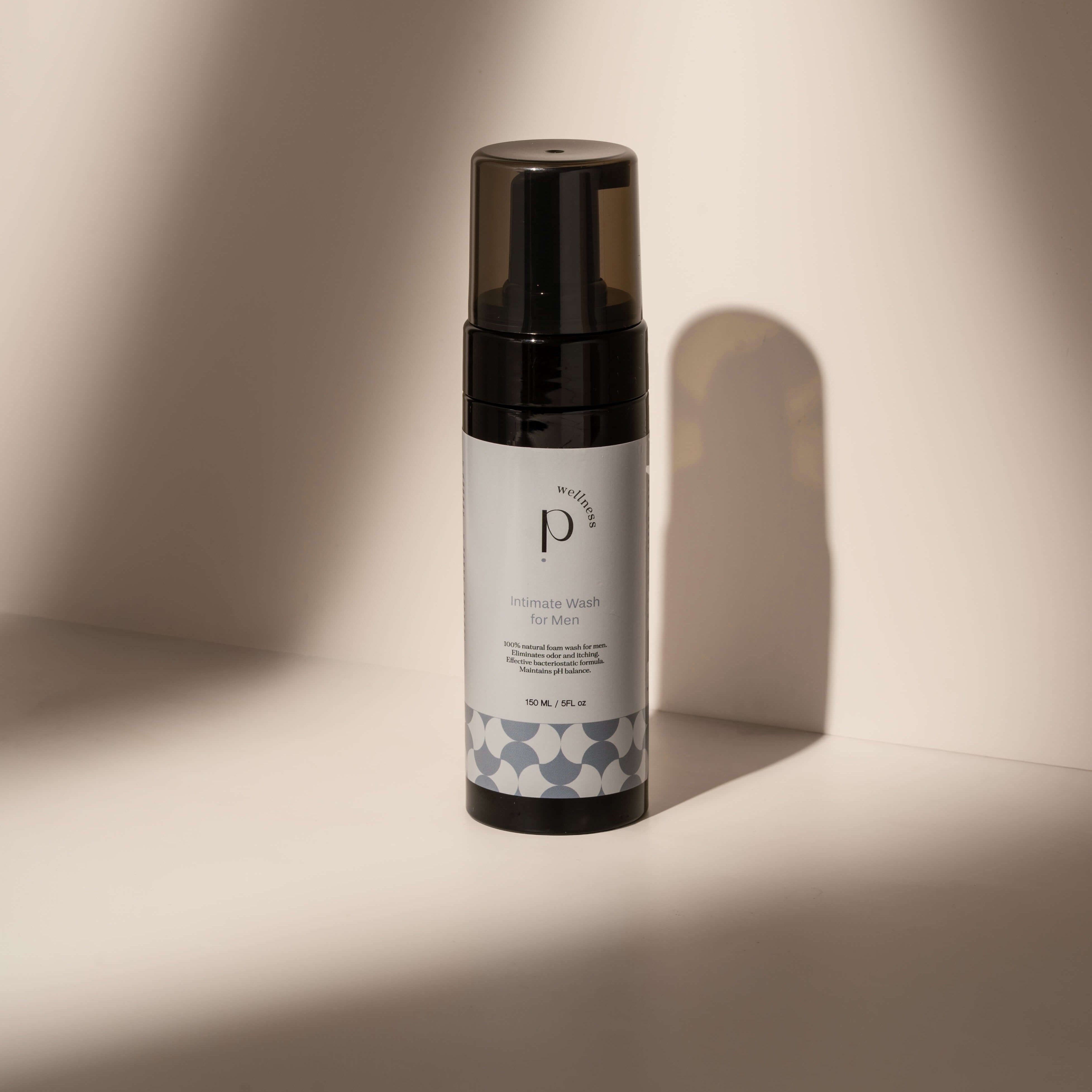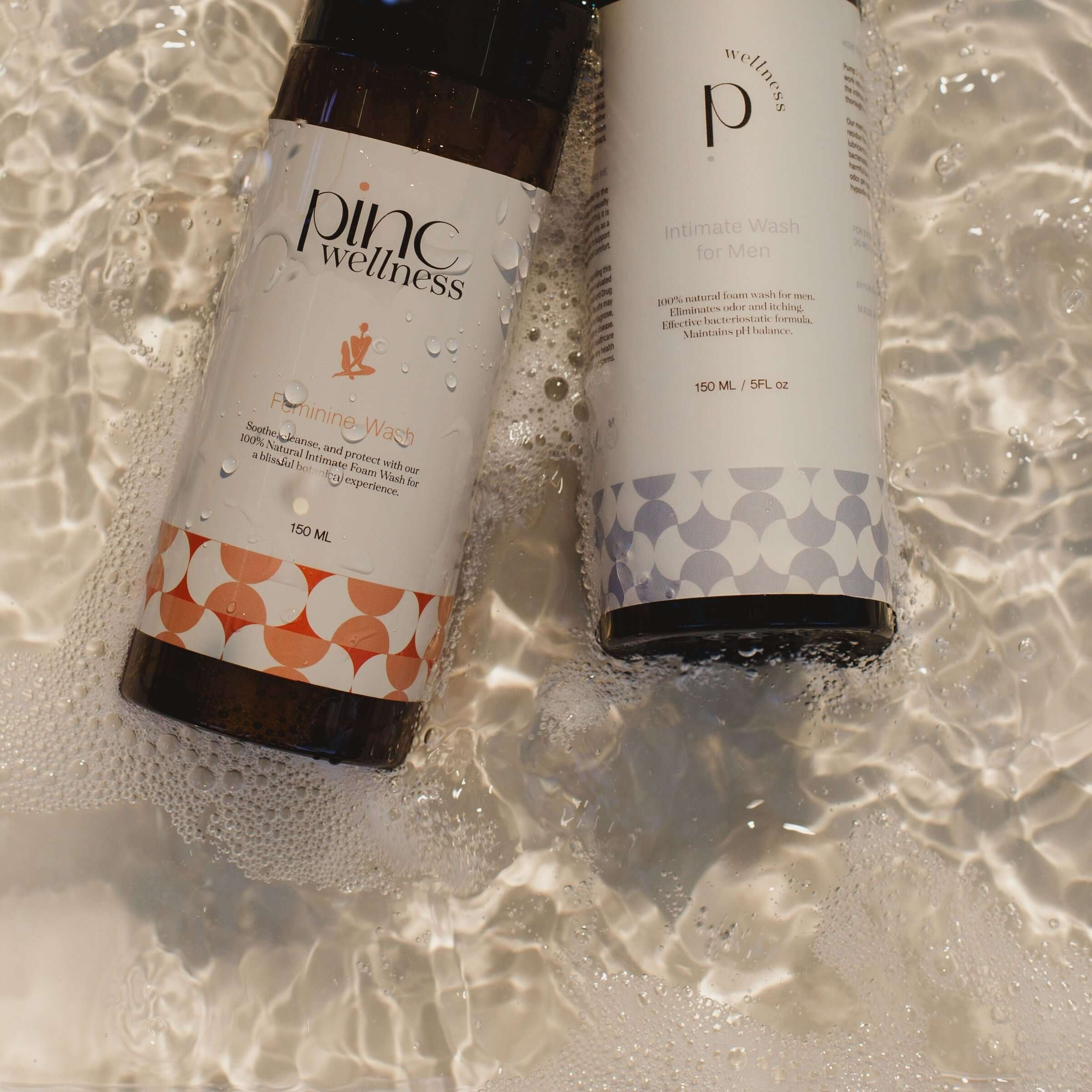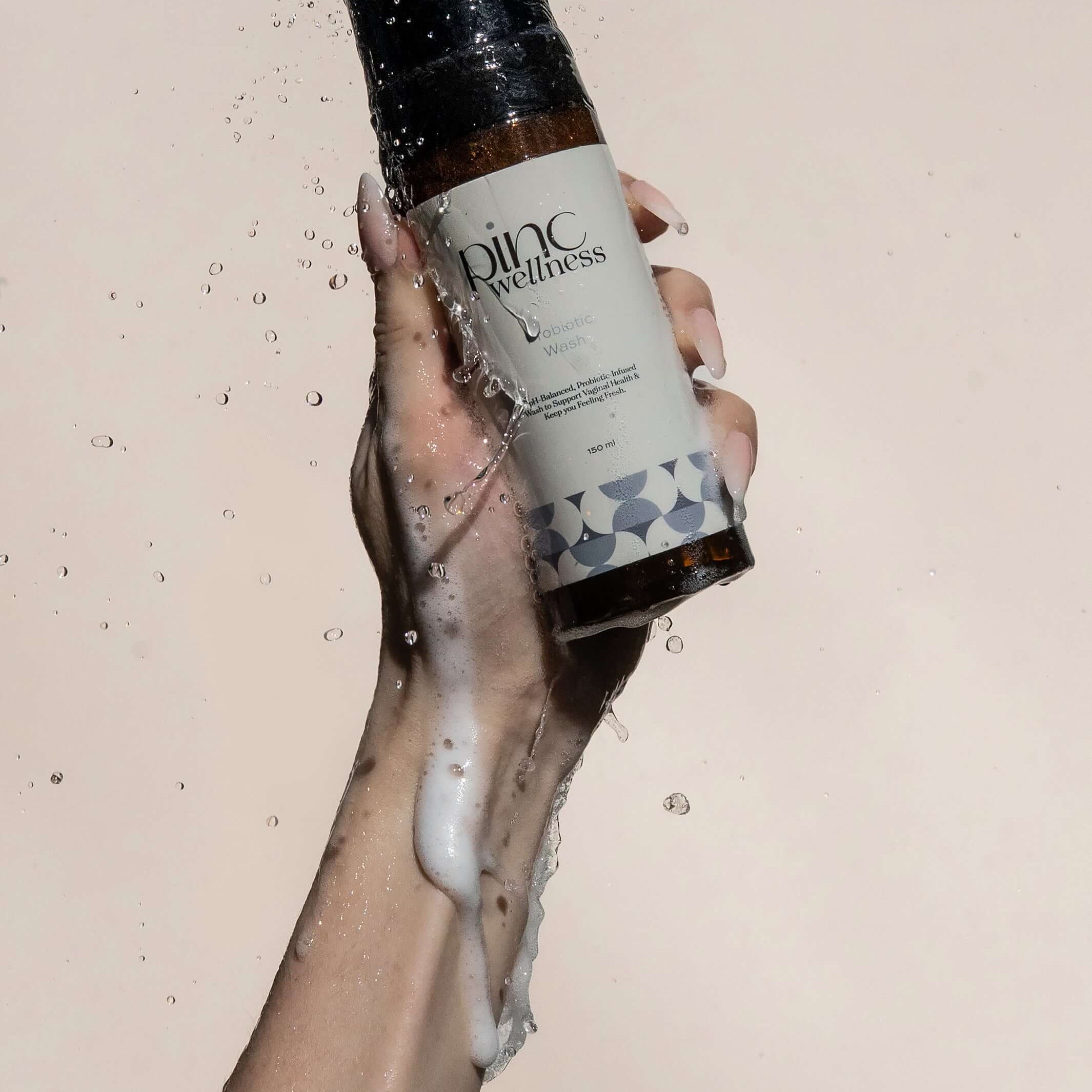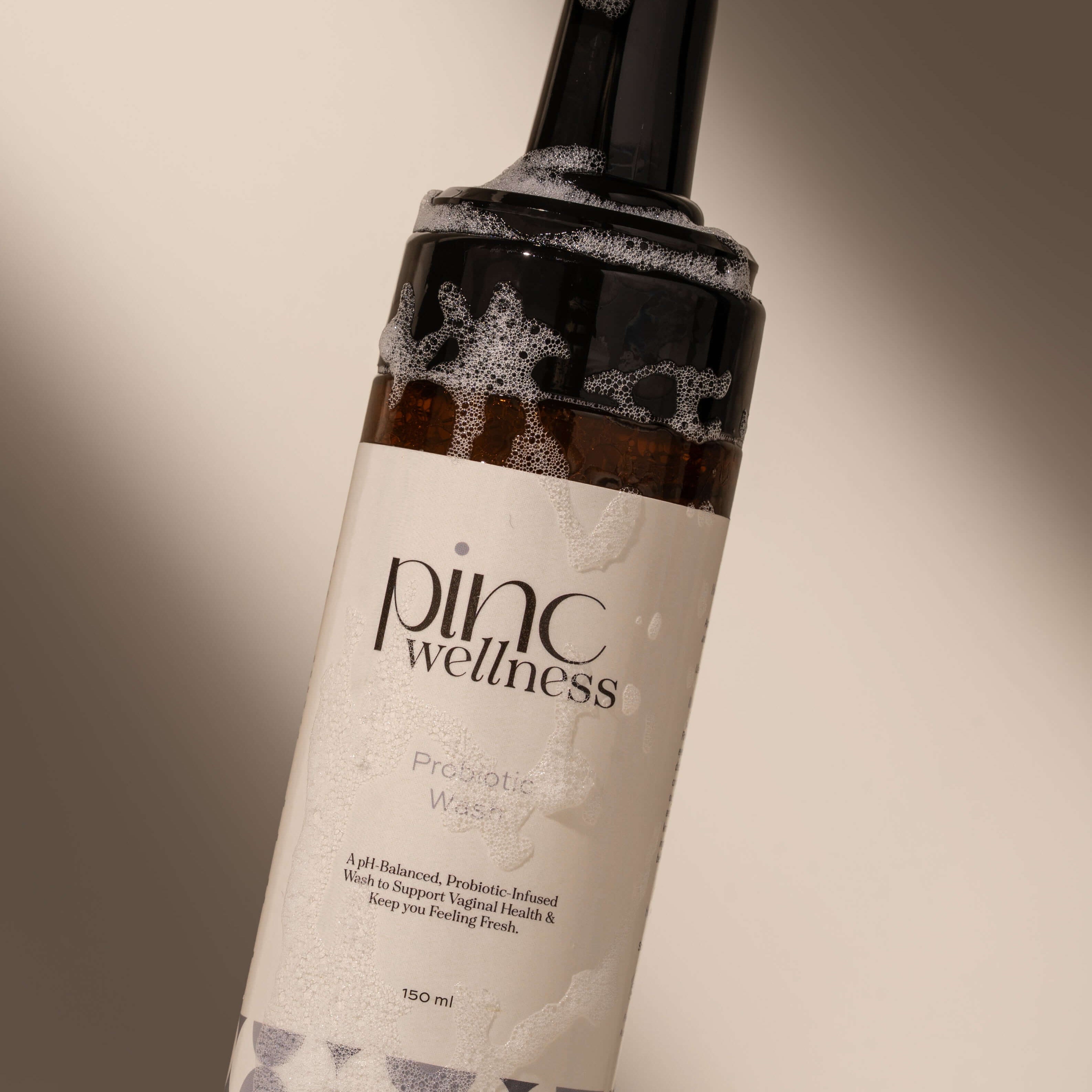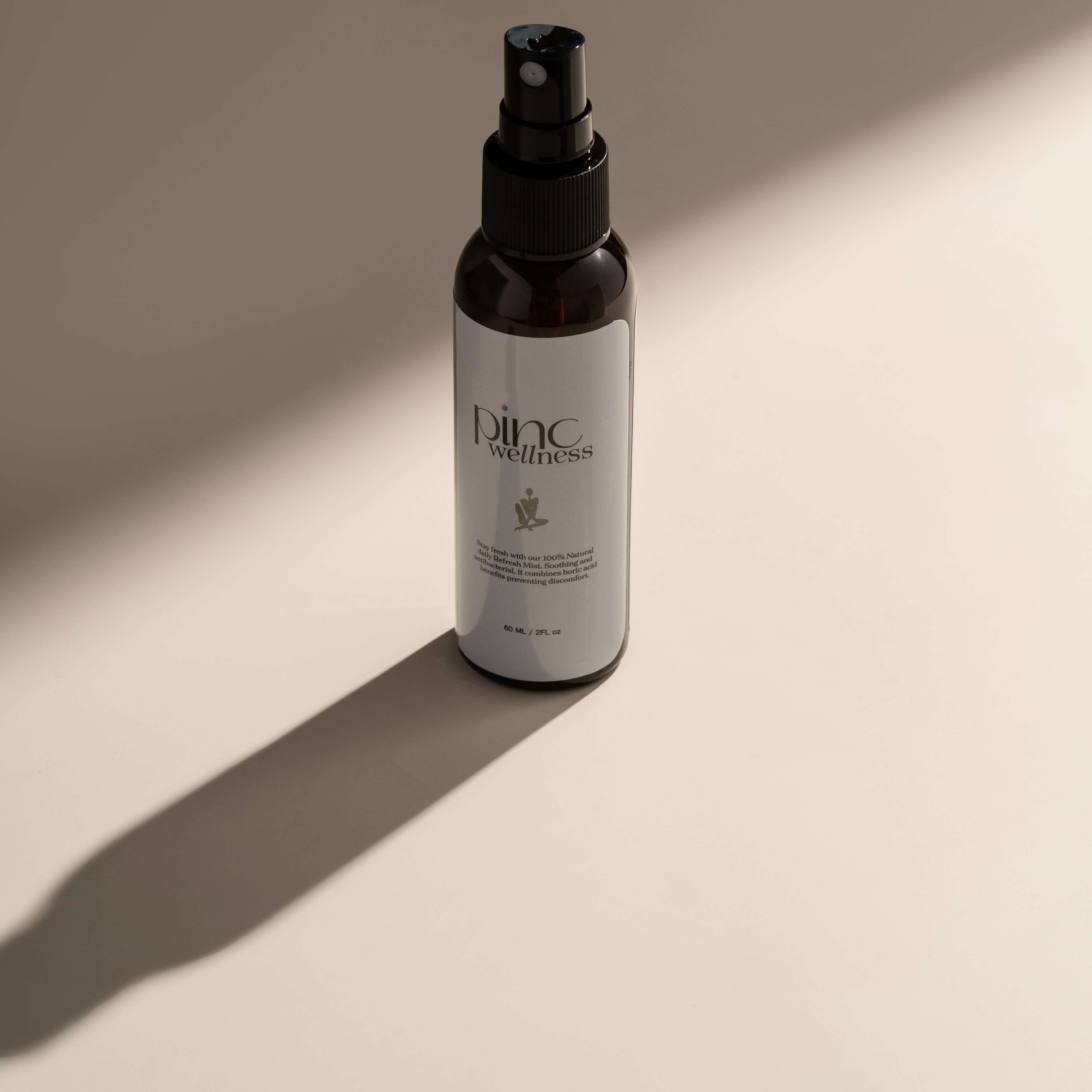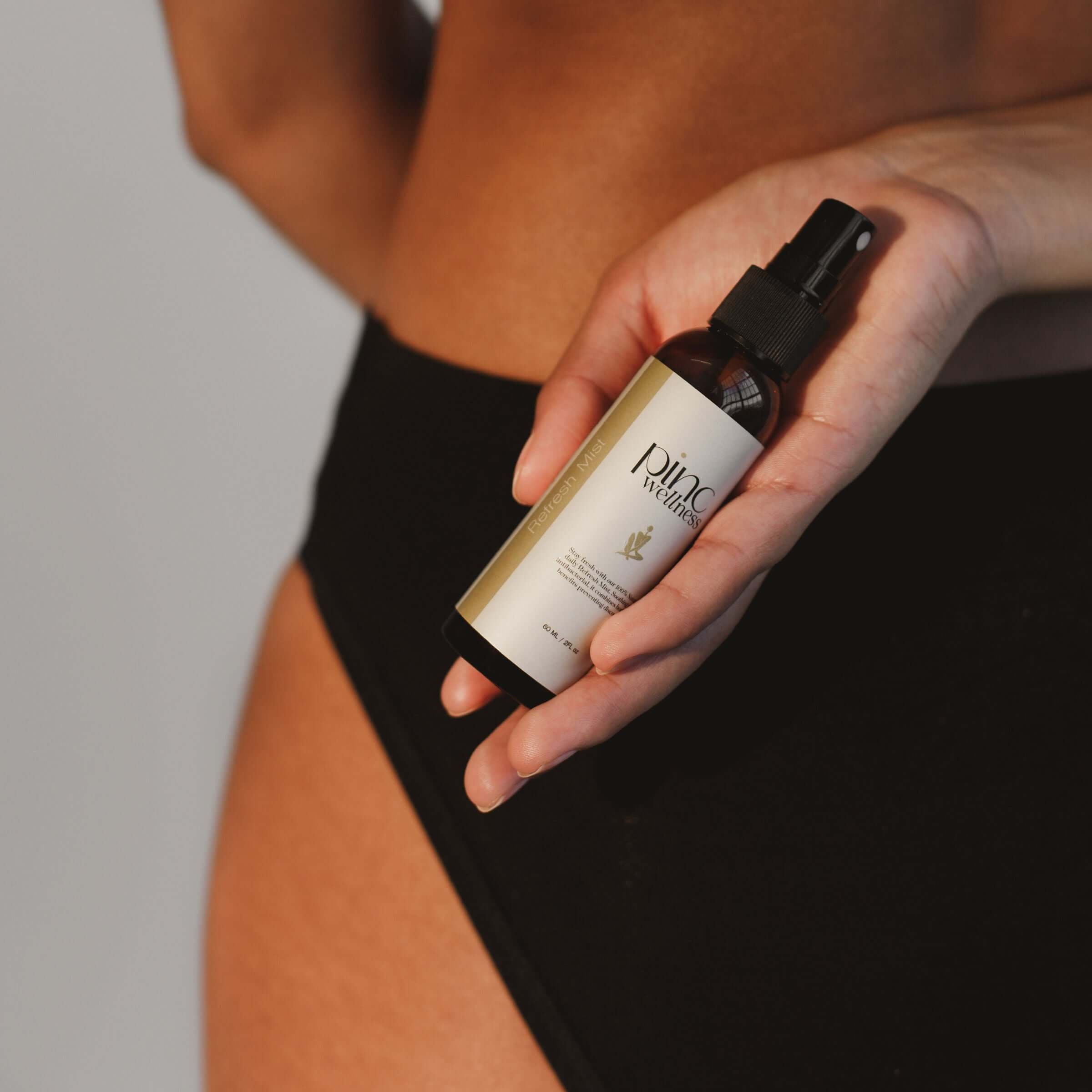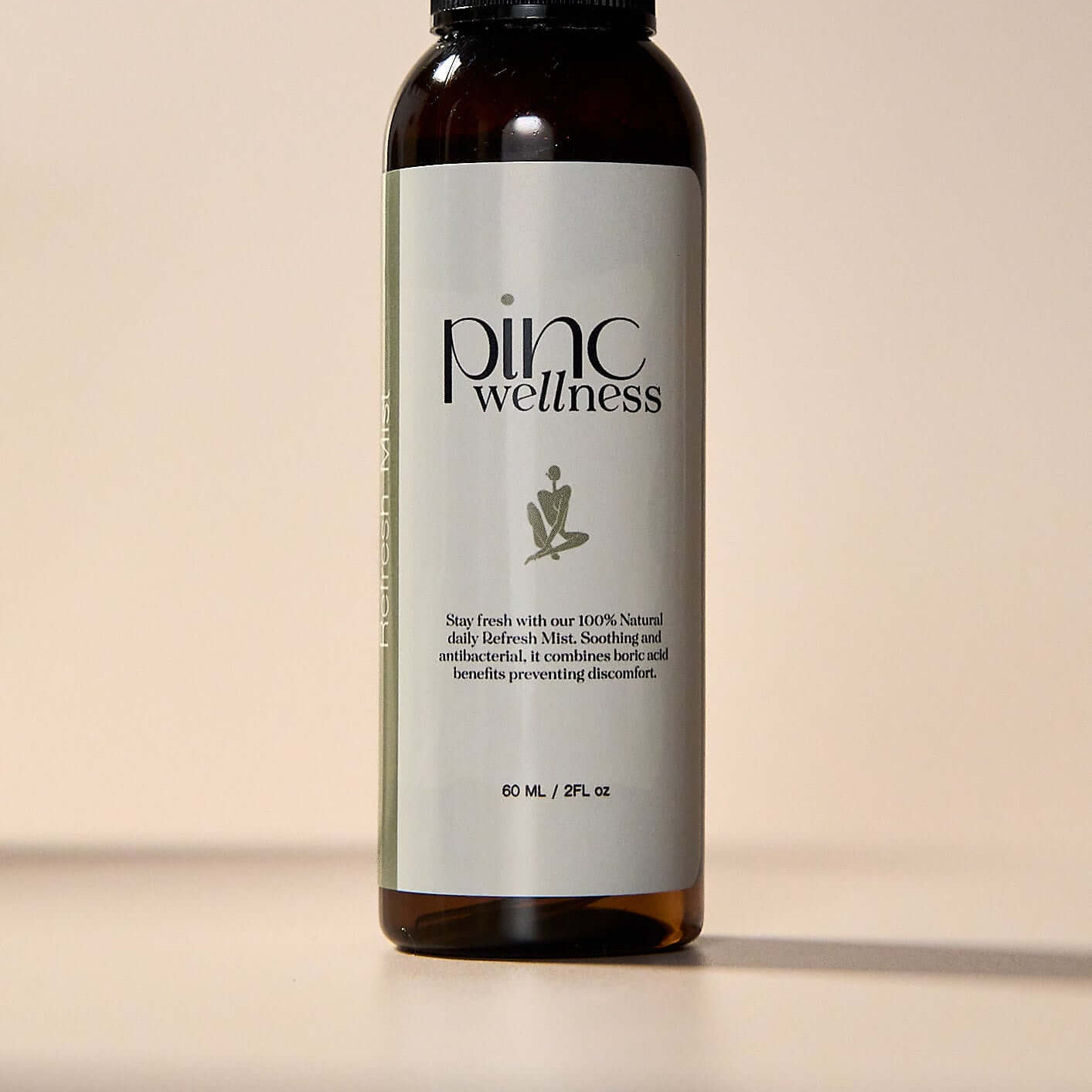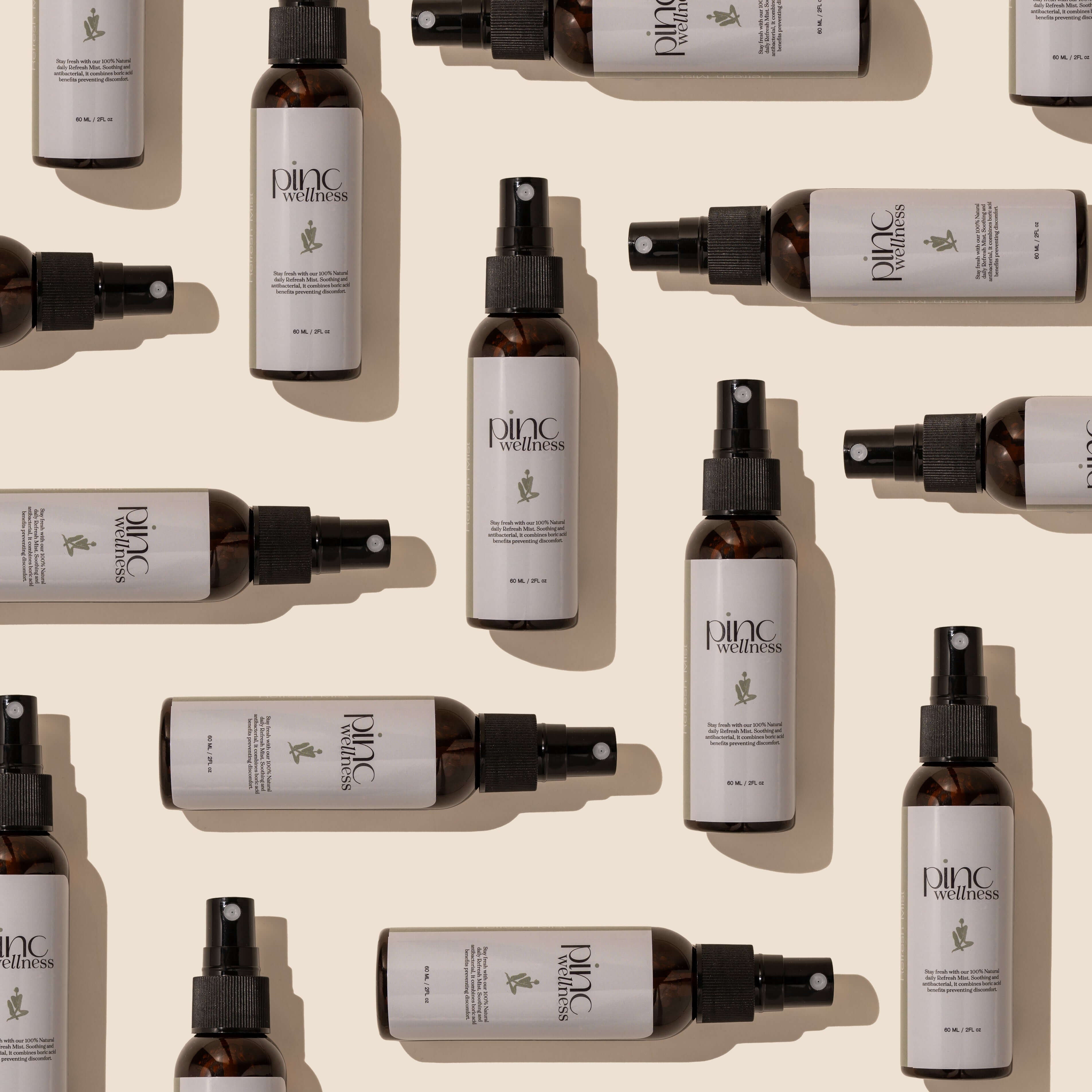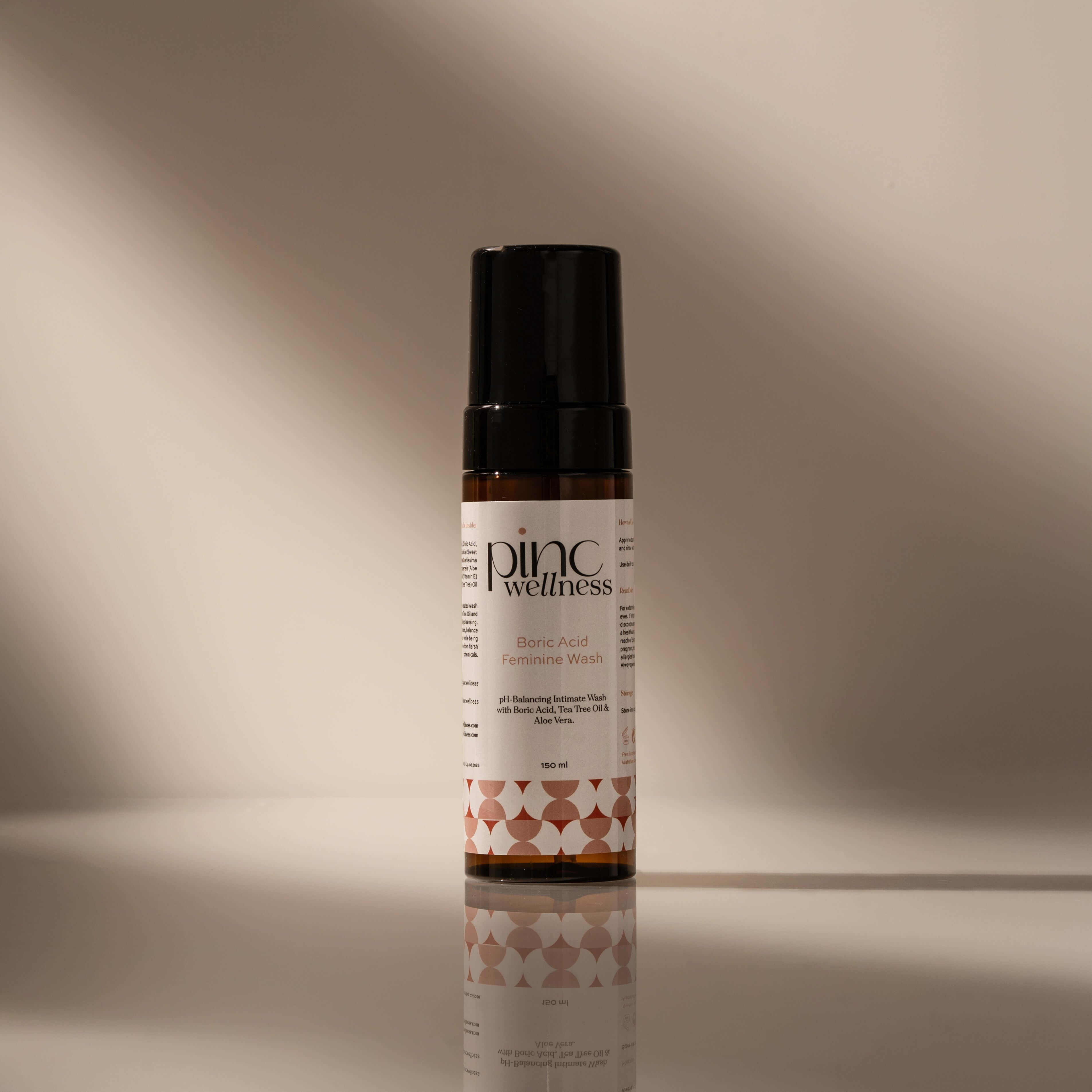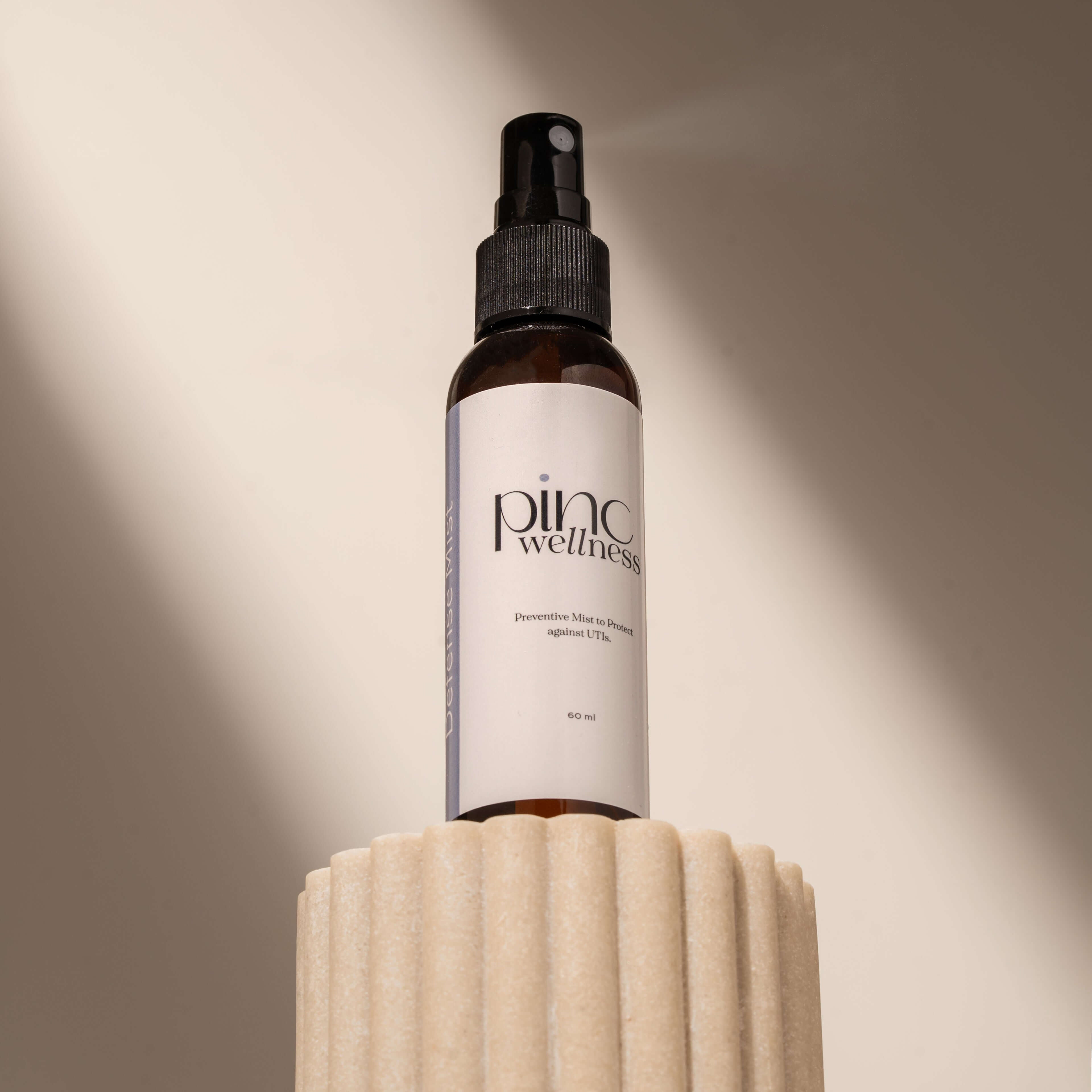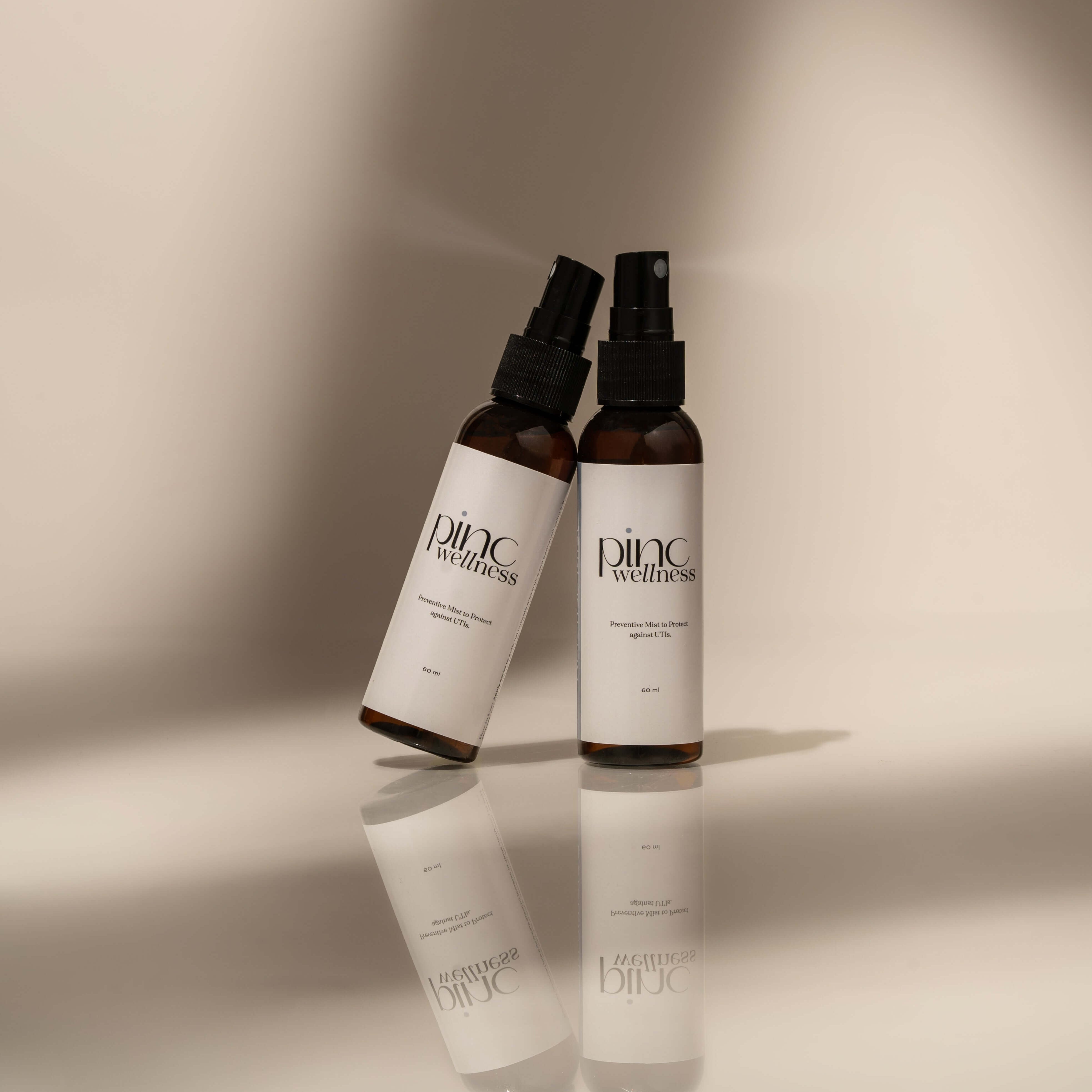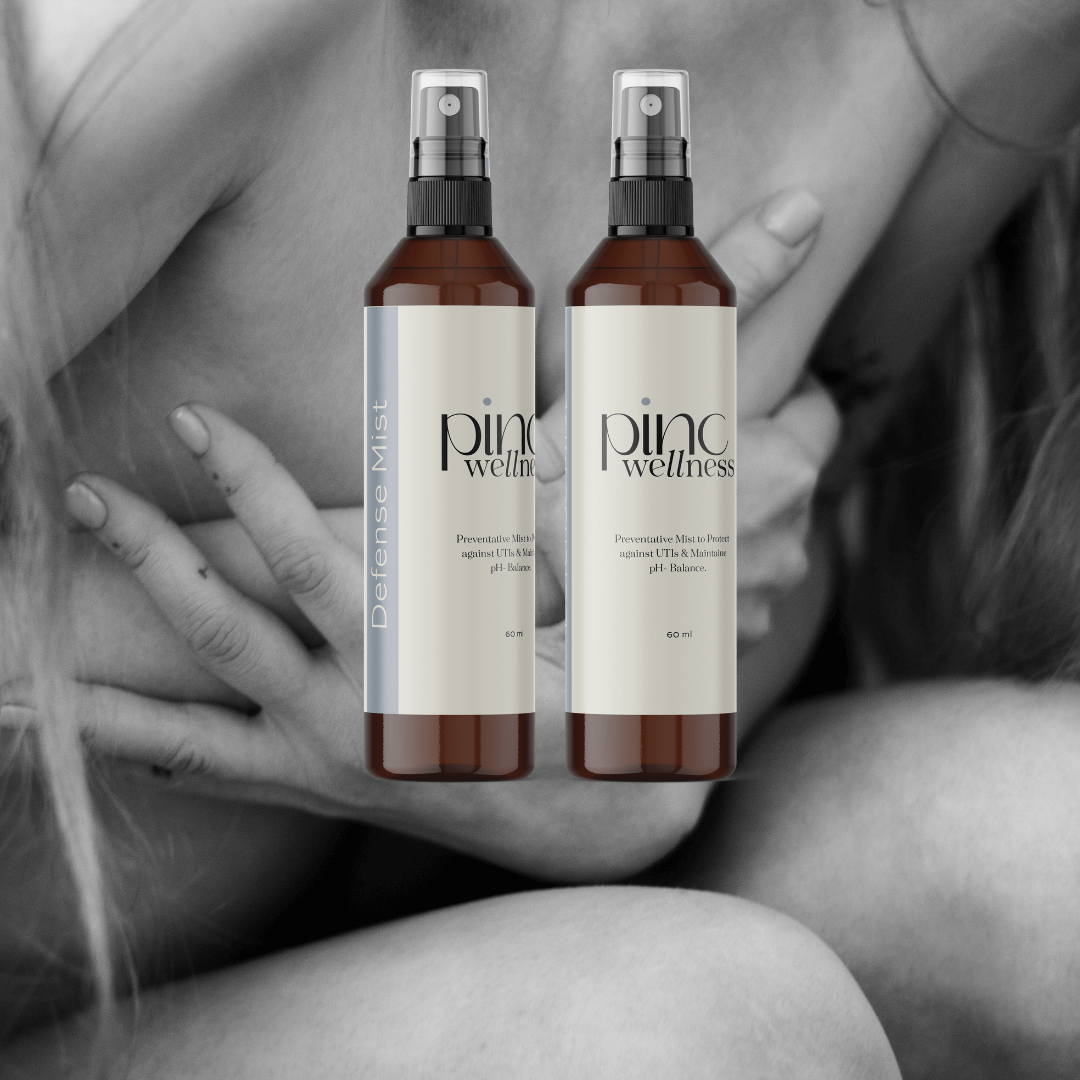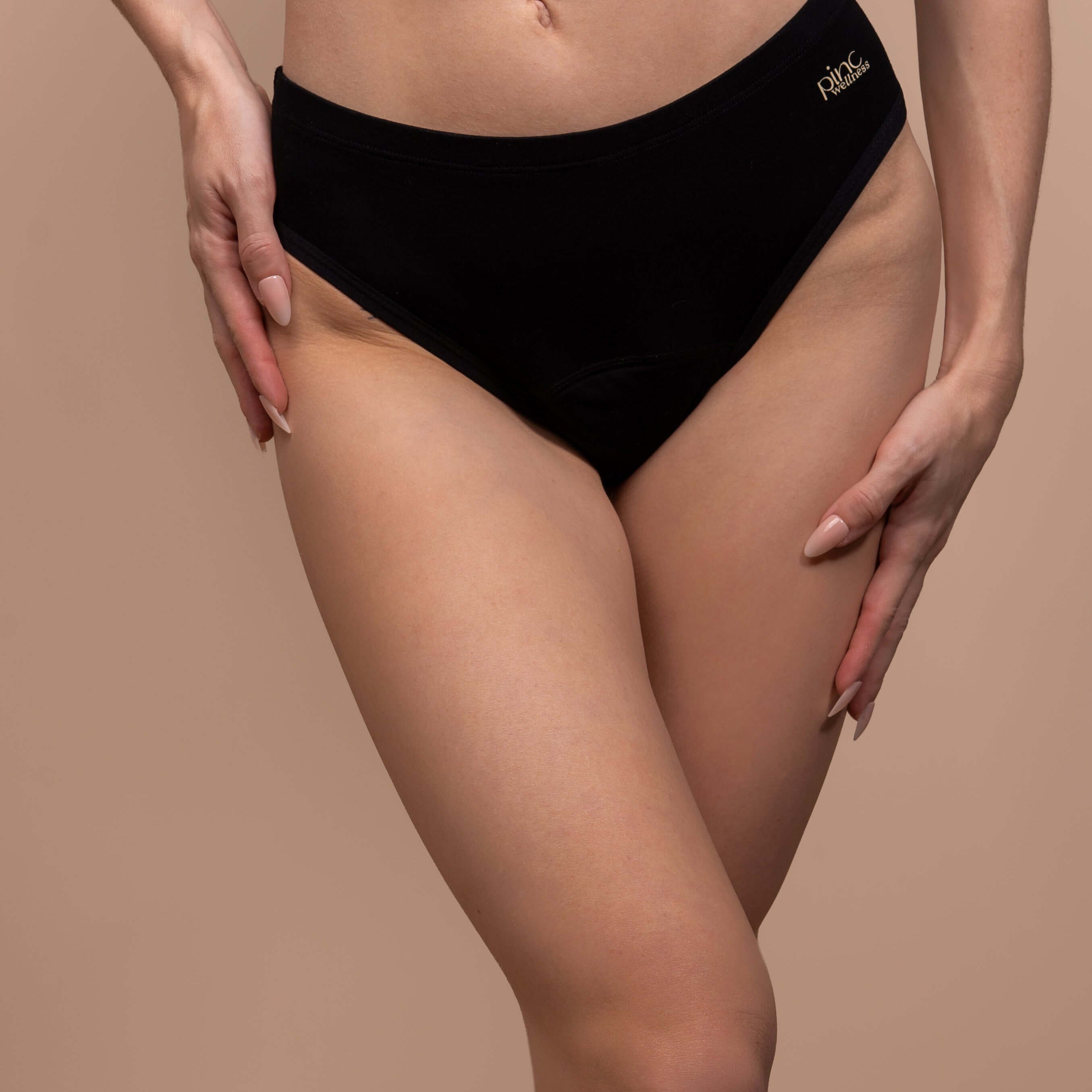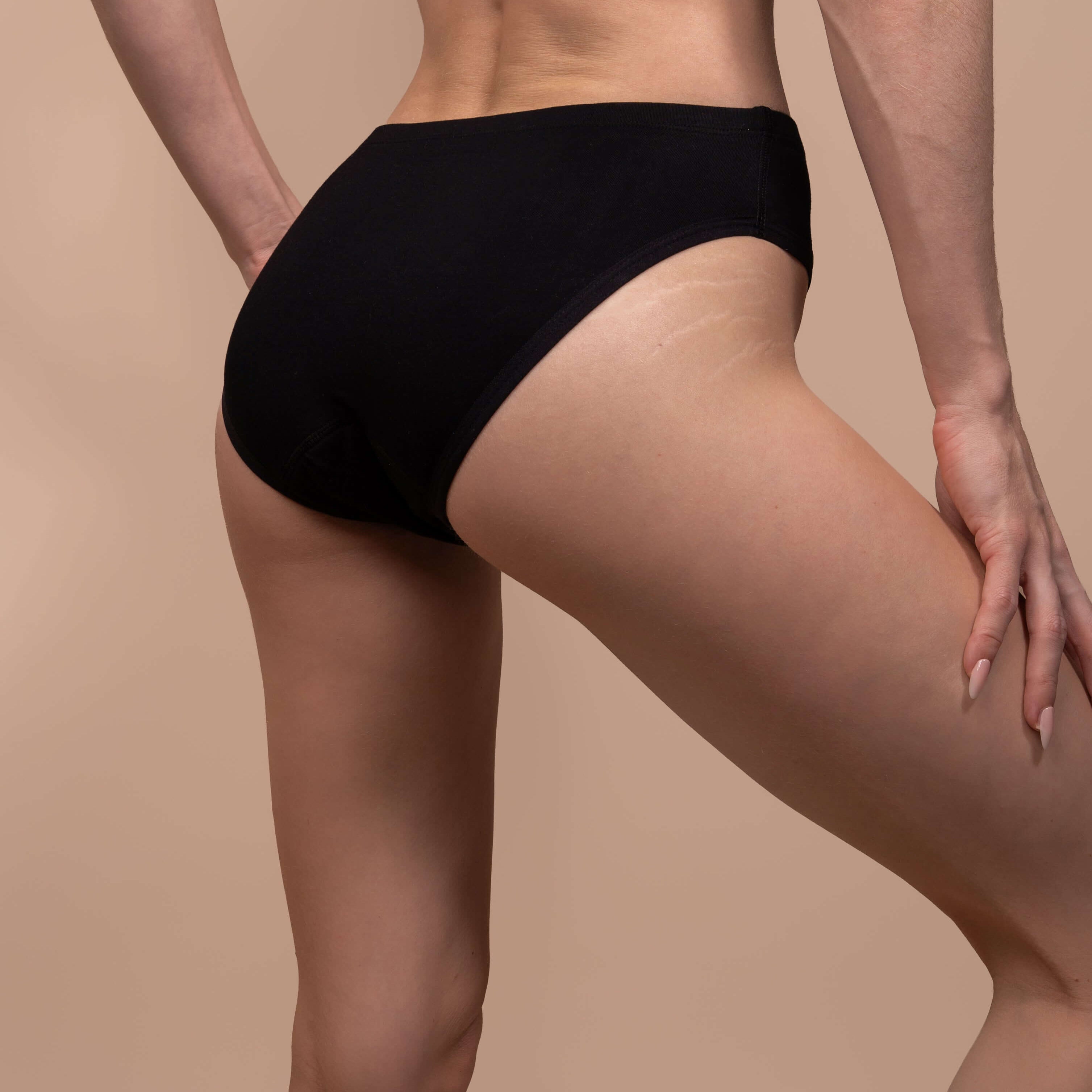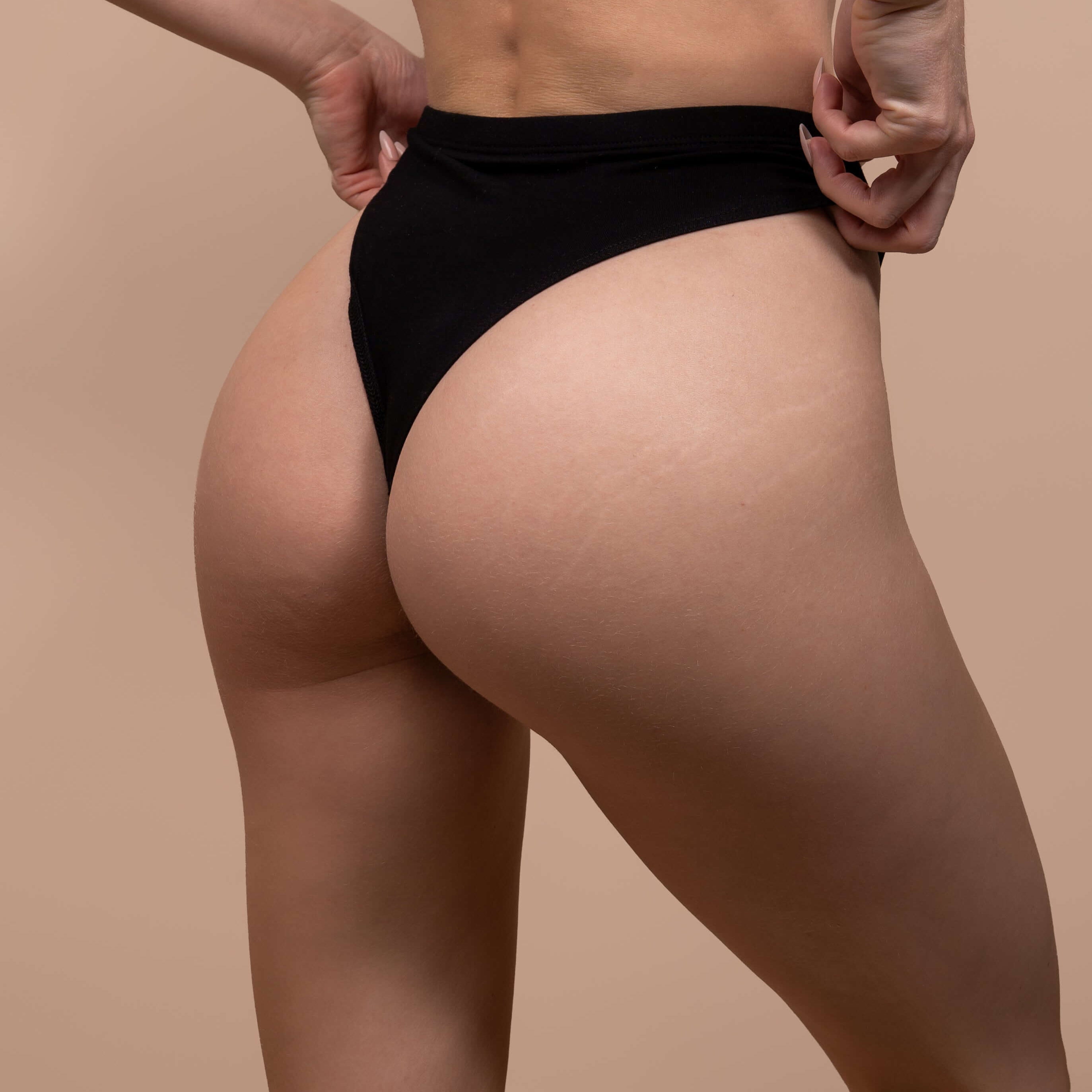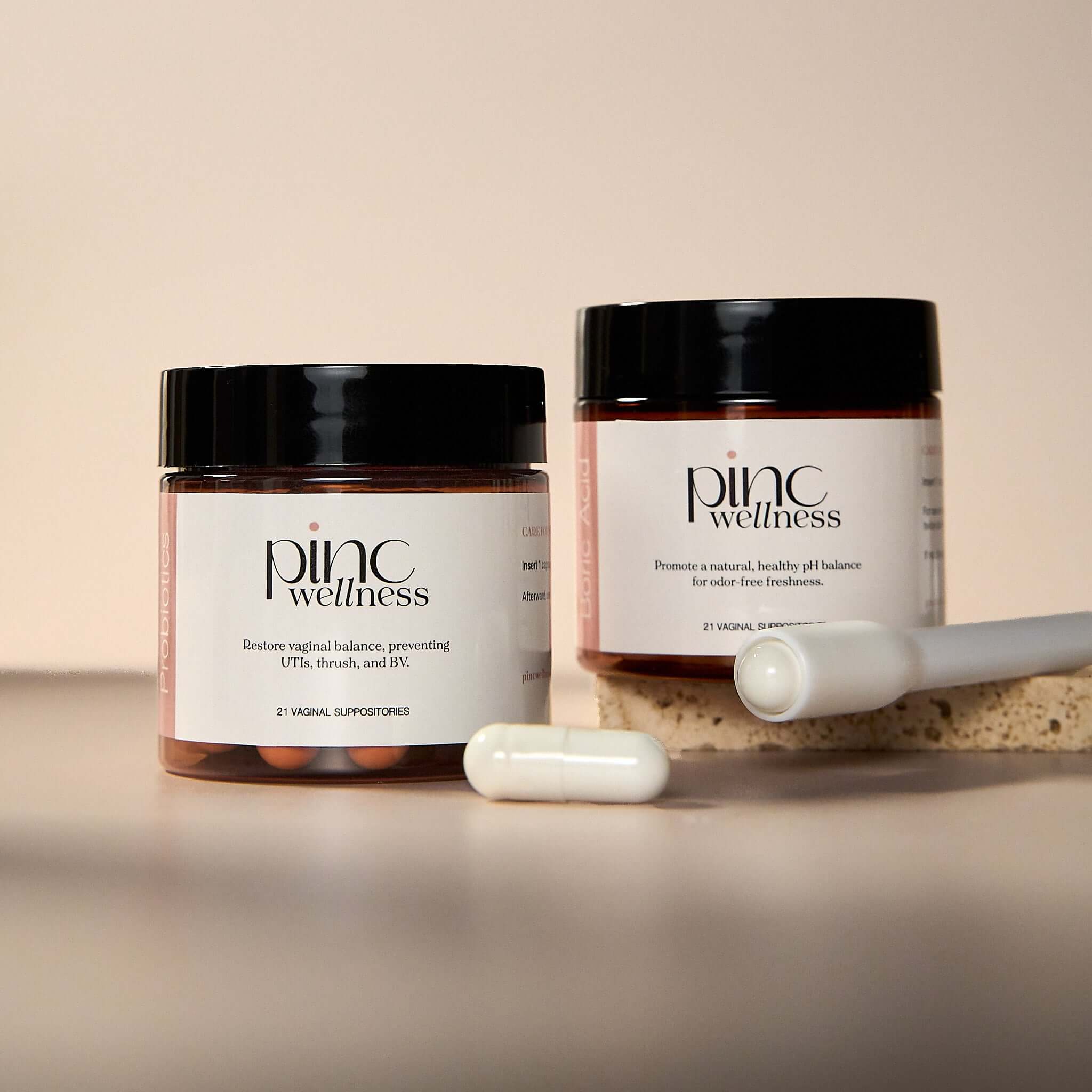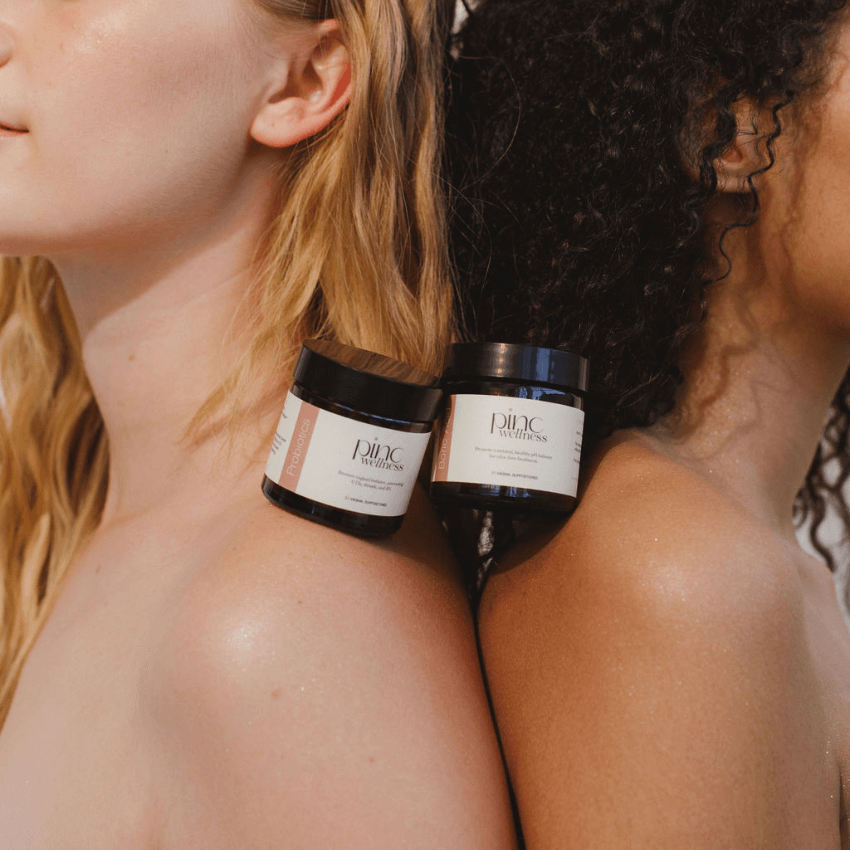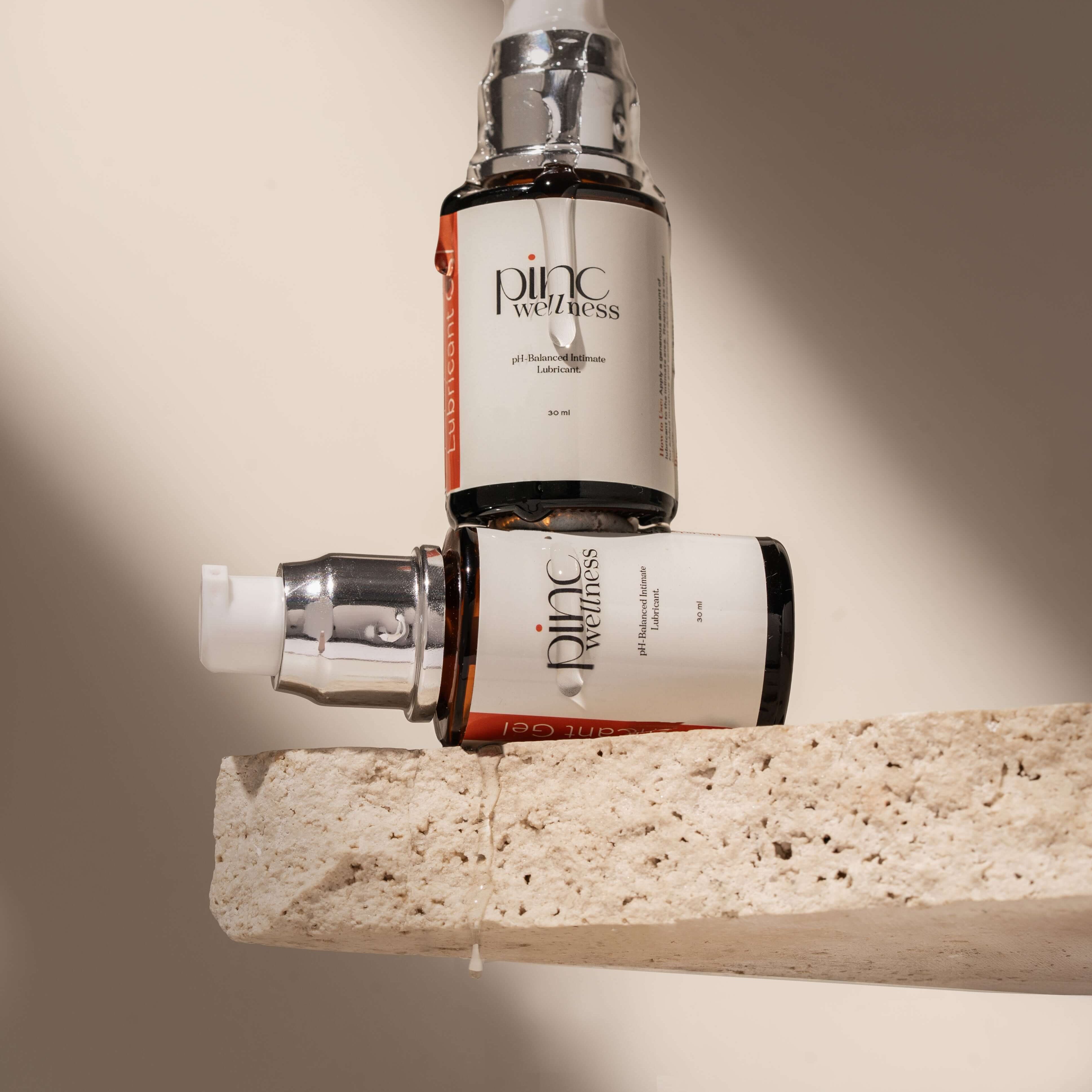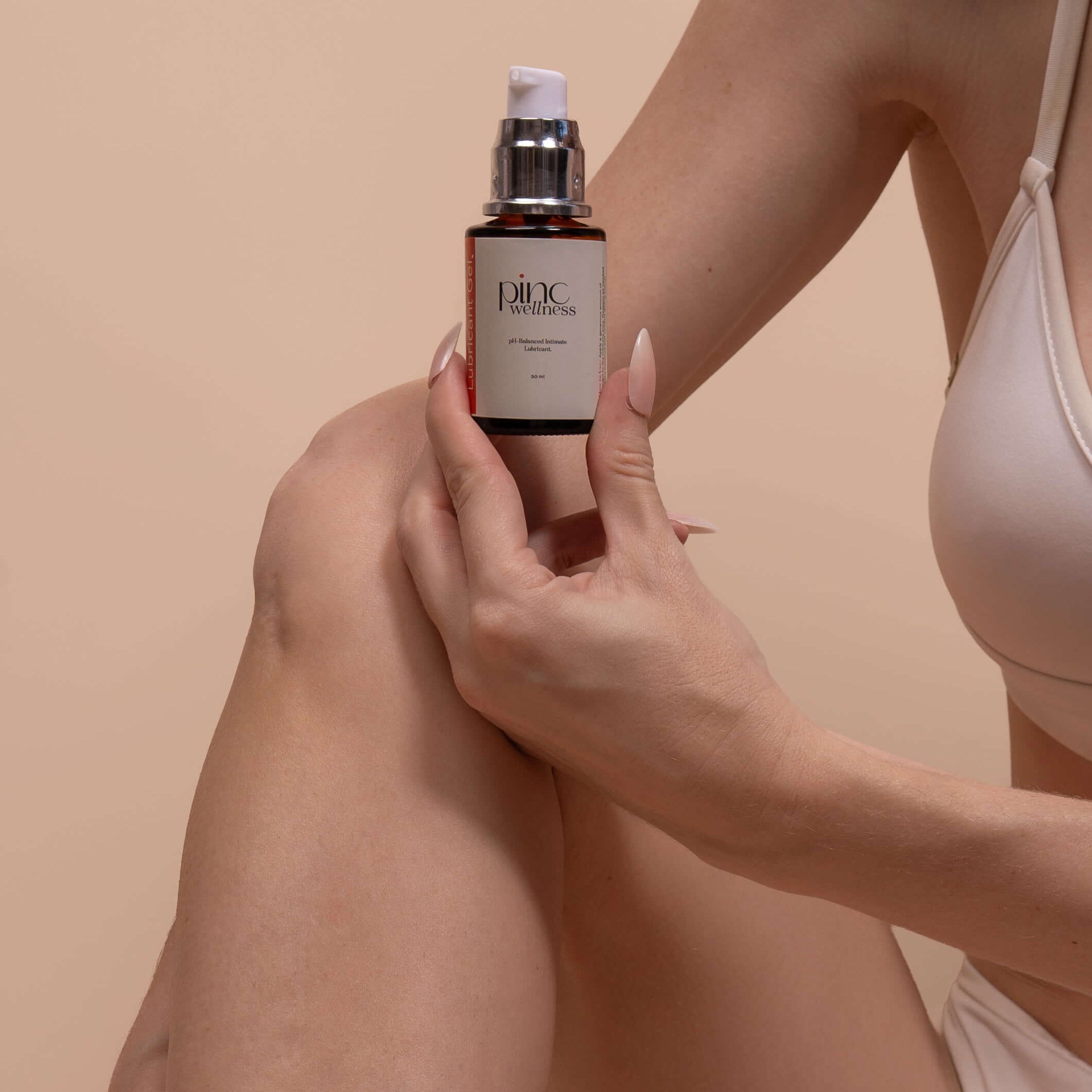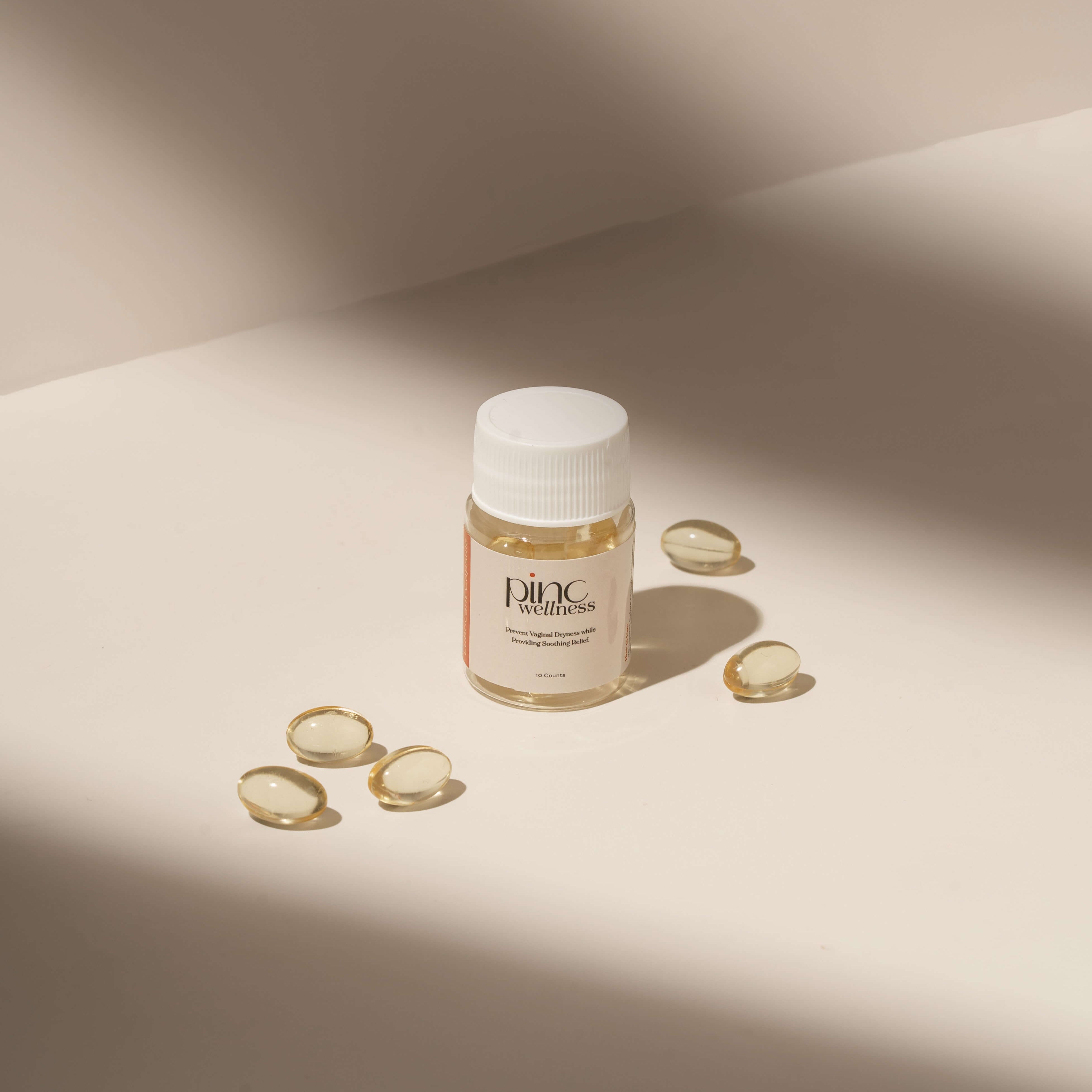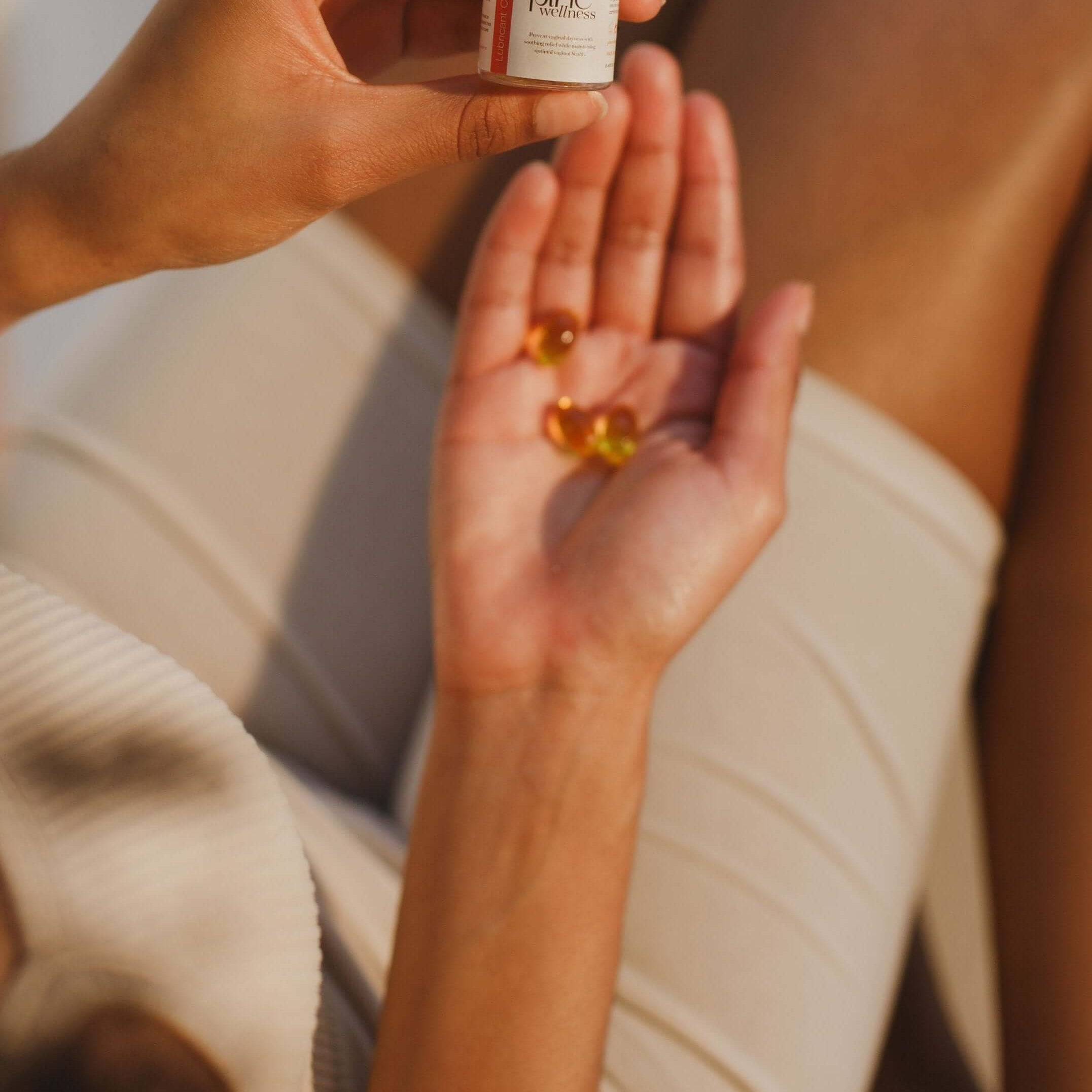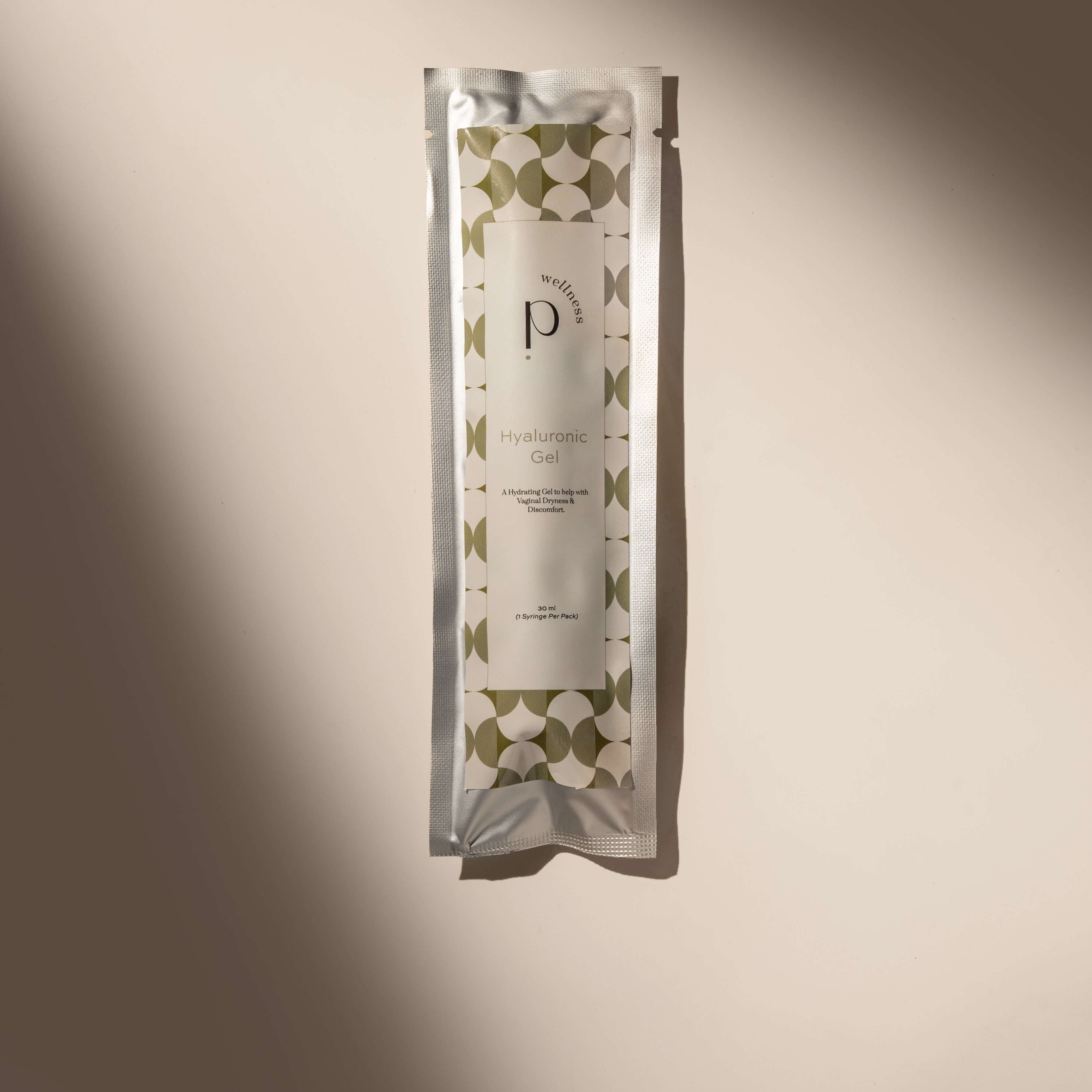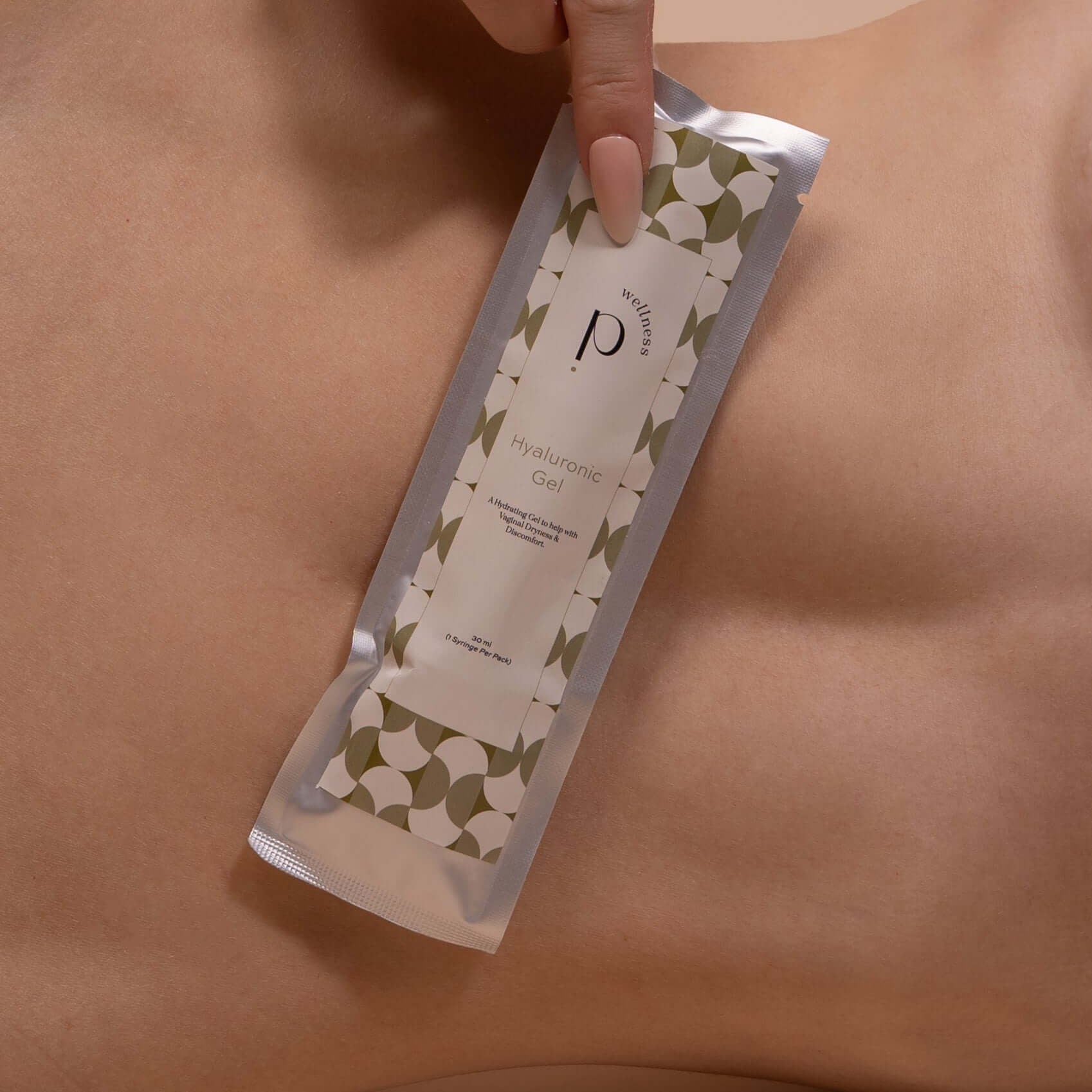Can You Get BV and Thrush at the Same Time? Here’s What You Need to Know
If you’re feeling confused or overwhelmed by your body’s signals, you’re definitely not alone. Bacterial vaginosis (BV) and thrush (yeast infections) are incredibly common. Around 30% of women experience BV, and up to 75% will deal with thrush at least once in their lifetime.
But can you get BV and thrush at the same time? The short answer: yes! And it happens more often than you'd think. These two infections can coexist, and knowing the signs, causes, and treatment options can make all the difference.
What’s the Difference Between Thrush and BV?
BV and thrush both affect the vaginal microbiome, but they’re caused by different things.
-
BV (bacterial vaginosis) happens when there’s an imbalance in your vaginal bacterial flora. It’s often triggered by new or multiple sexual partners, douching, and hormonal fluctuations.
-
Thrush is caused by an overgrowth of Candida yeast. This can happen after antibiotic use, stress, hormone shifts, or even wearing tight, synthetic underwear.
How Vaginal Flora Imbalance Fuels Yeast Overgrowth
The vagina is home to a complex ecosystem of microbes, primarily beneficial bacteria like Lactobacillus—which keep your vaginal pH slightly acidic. This environment plays a key role in defending against infections. When this vaginal flora becomes imbalanced, often due to antibiotics, stress, diet, or hormonal shifts, the protective bacteria decline, and pH levels may rise.
A higher pH and reduced bacterial protection create the perfect storm for yeast (Candida) to thrive. Normally, yeast exists in small amounts without causing problems. But without enough Lactobacillus to keep it in check, yeast can multiply quickly, leading to thrush.
In short: when the “good guys” are outnumbered, the “opportunistic organisms” like yeast see an opening. That’s why maintaining a balanced vaginal microbiome is so crucial, not just for preventing BV, but also for keeping yeast infections at bay.
Can You Treat Thrush and BV at the Same Time?
Absolutely. And in many cases, you should.
If you only treat one condition but ignore the other, symptoms might come back or never fully go away. A combined treatment approach supports your body’s natural ability to restore balance.
We recommend a supportive, two-step strategy:
-
Boric acid suppositories: Help balance vaginal pH and manage yeast overgrowth.
-
Vaginal probiotics: Replenish good bacteria and support a fresh, healthy vaginal environment.
Together, these can help bring your body back into balance, naturally.
👉 Still struggling with BV that keeps coming back? You’re not alone. Read our deep dive on why BV keeps recurring and how to finally break the cycle.

